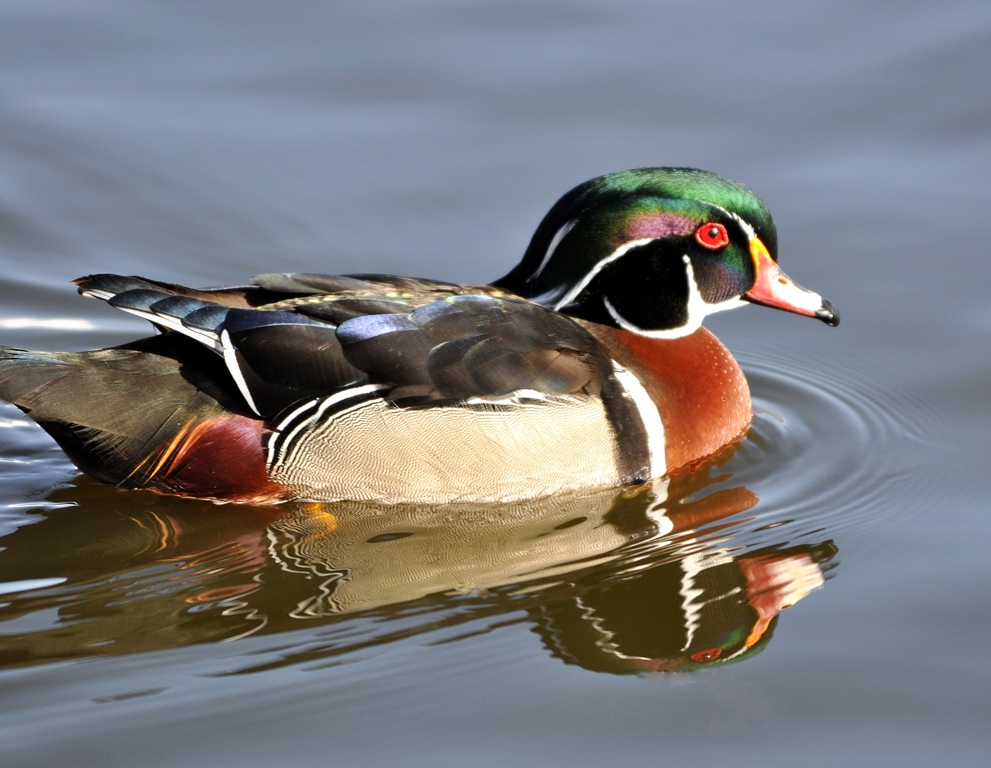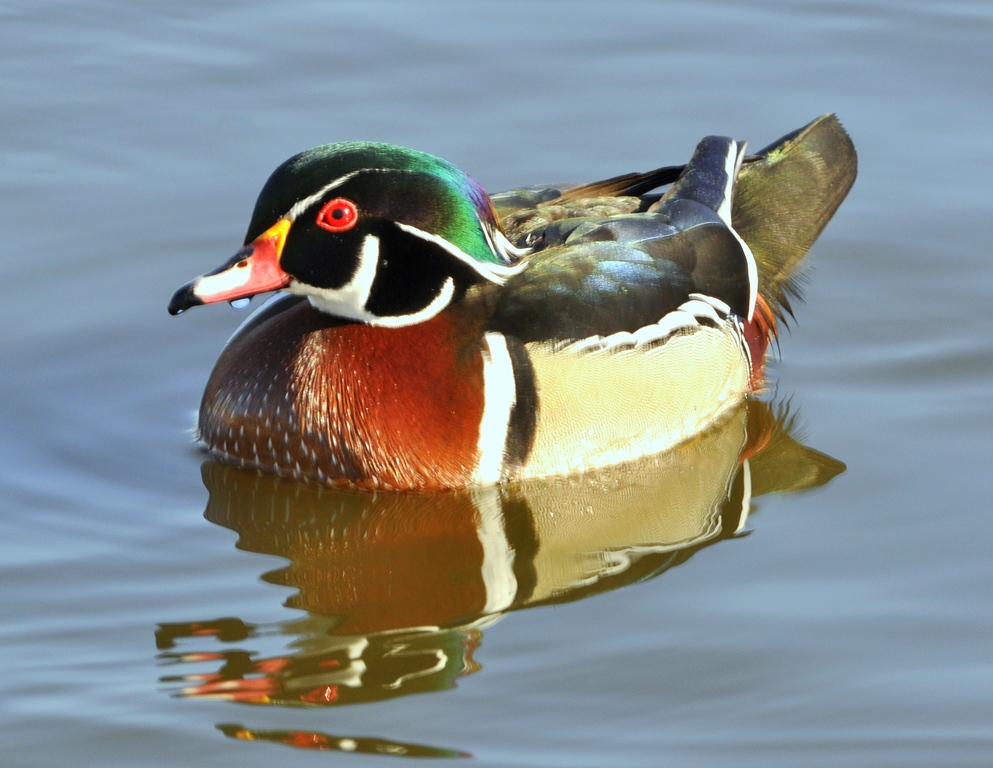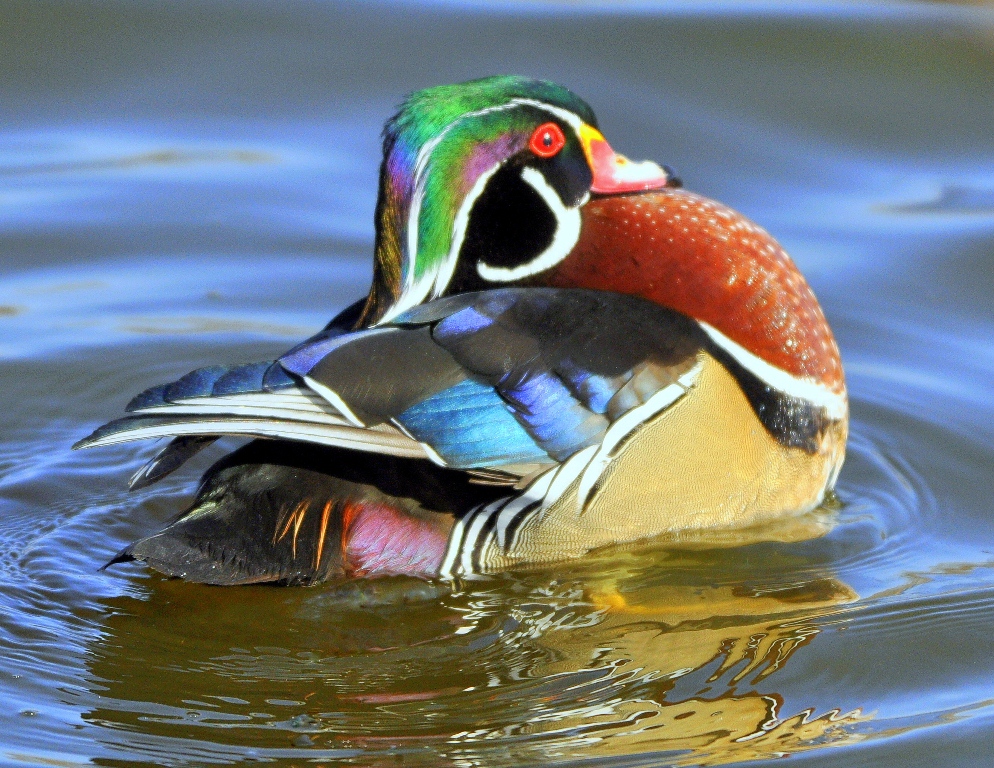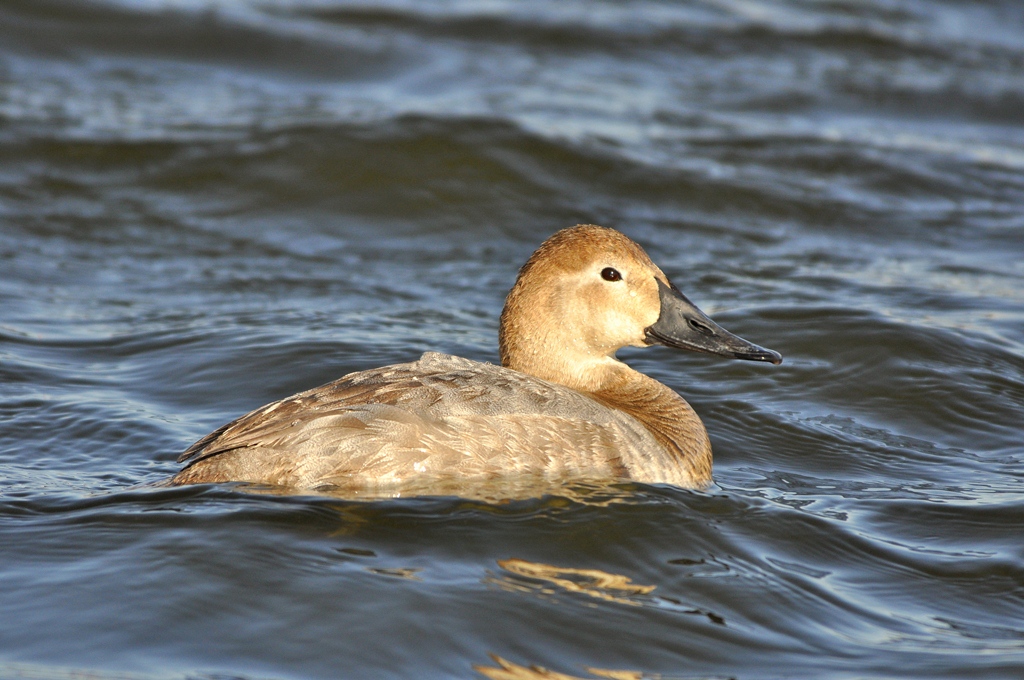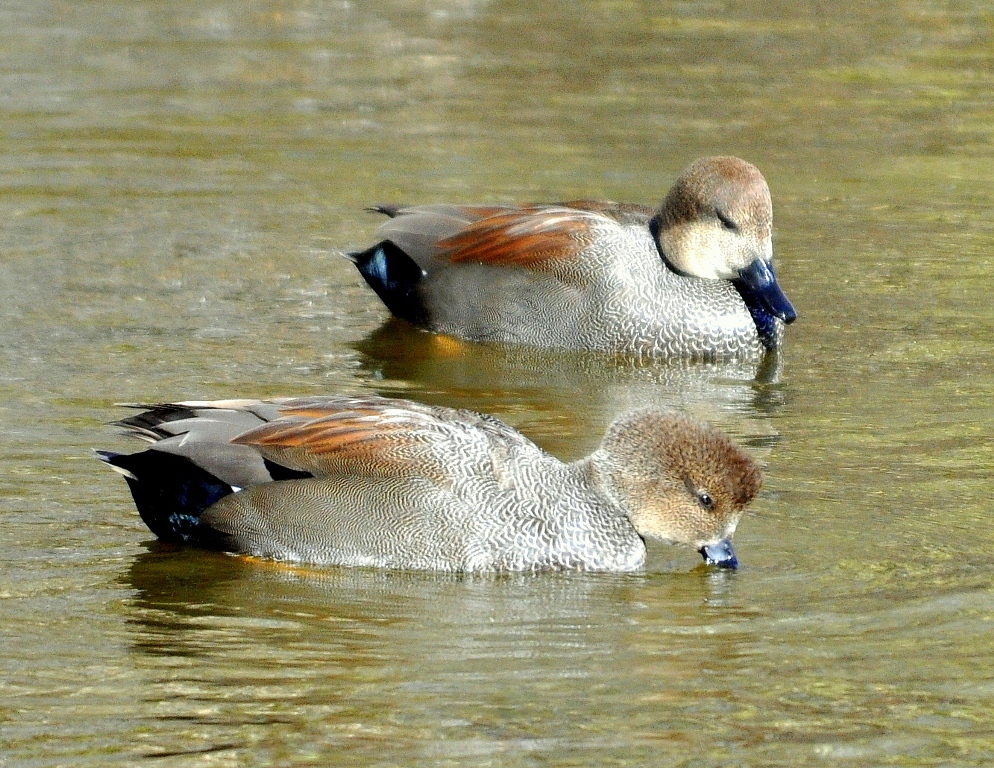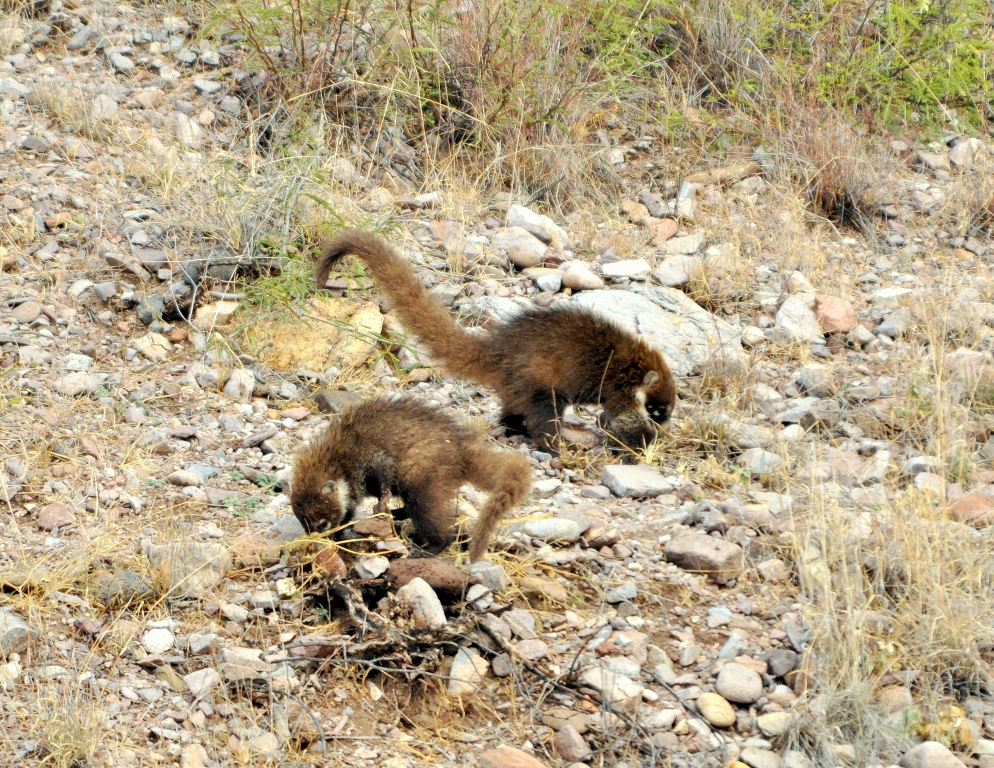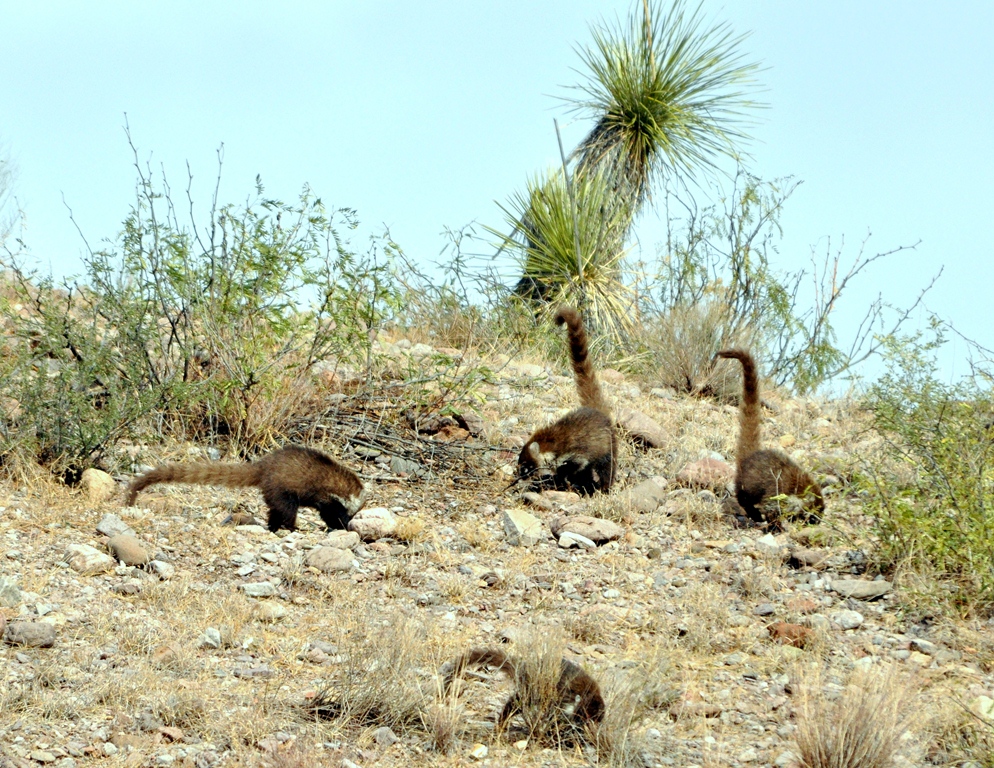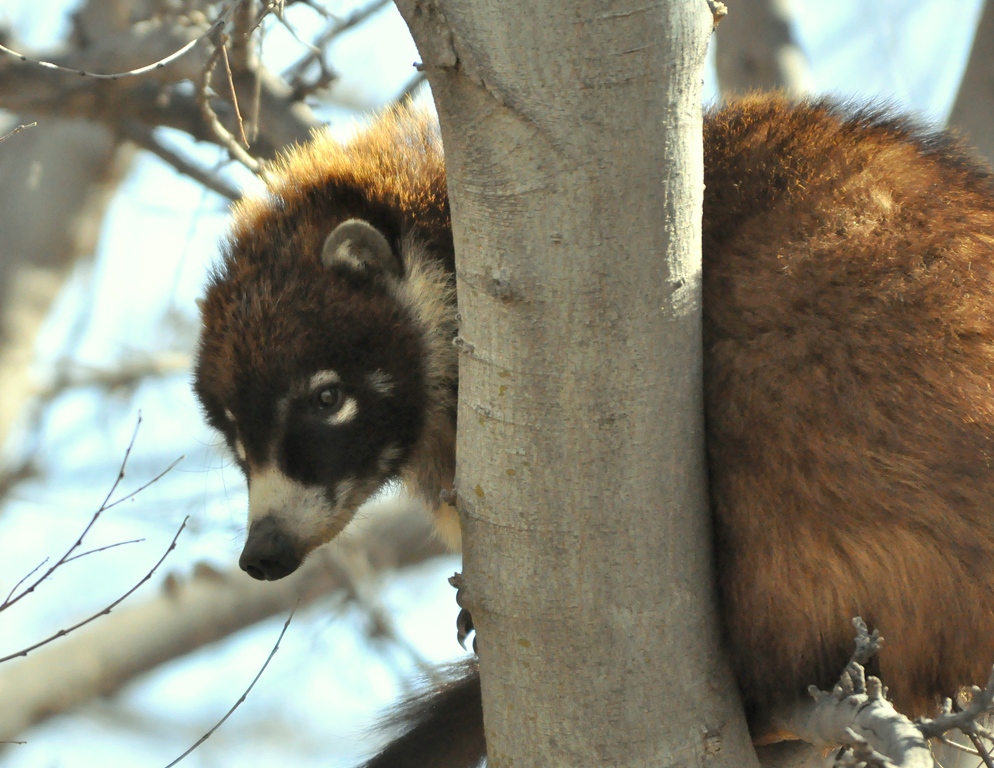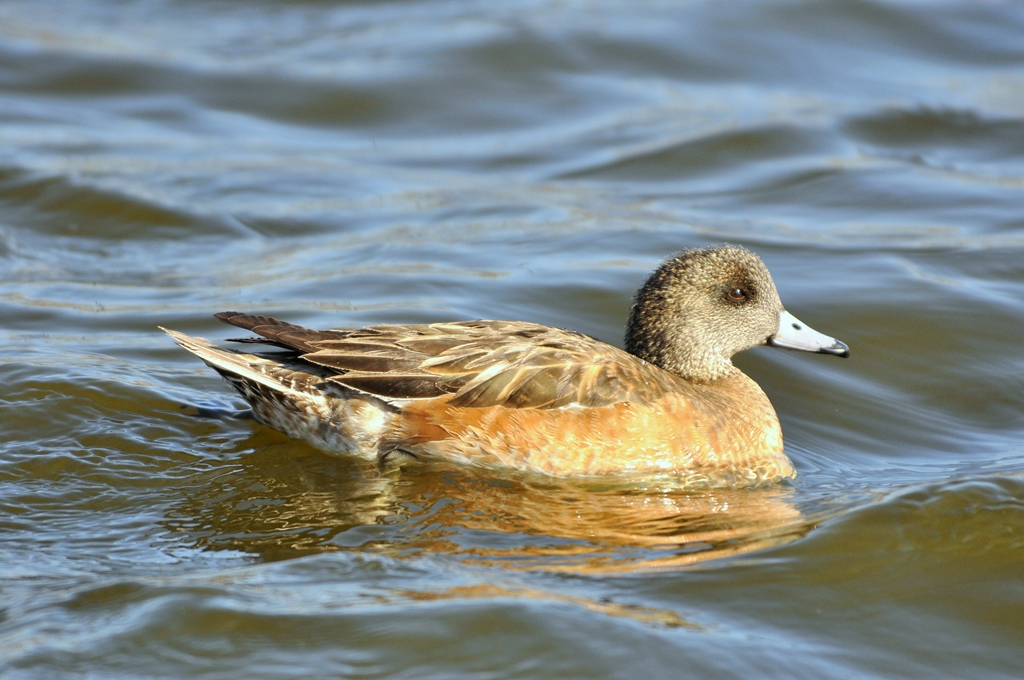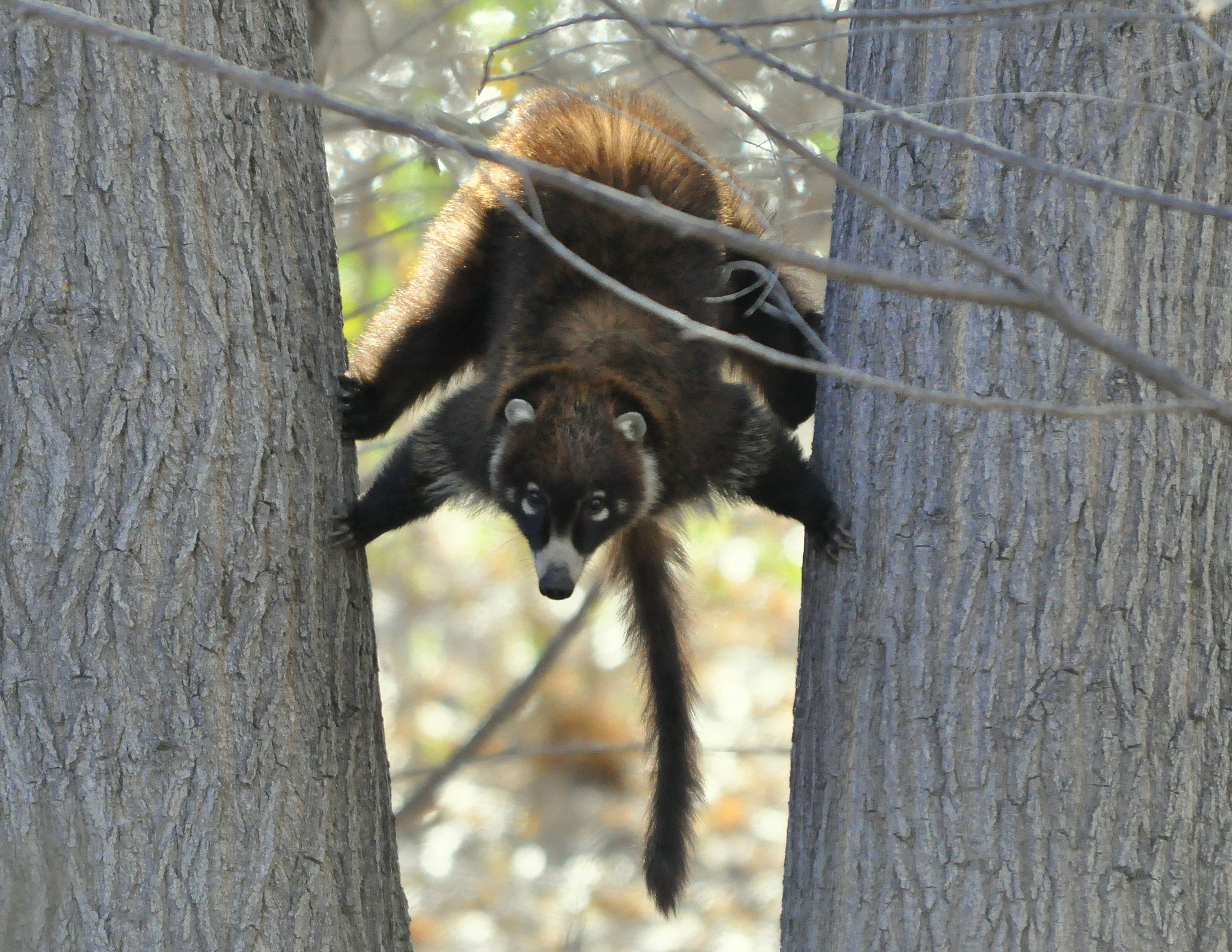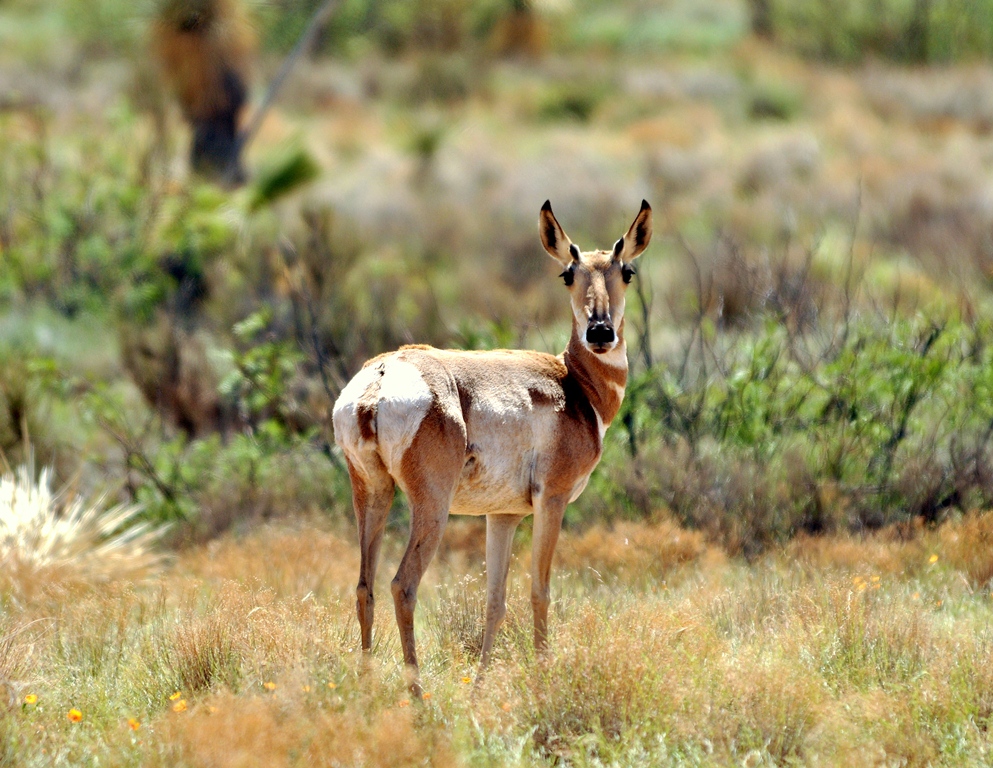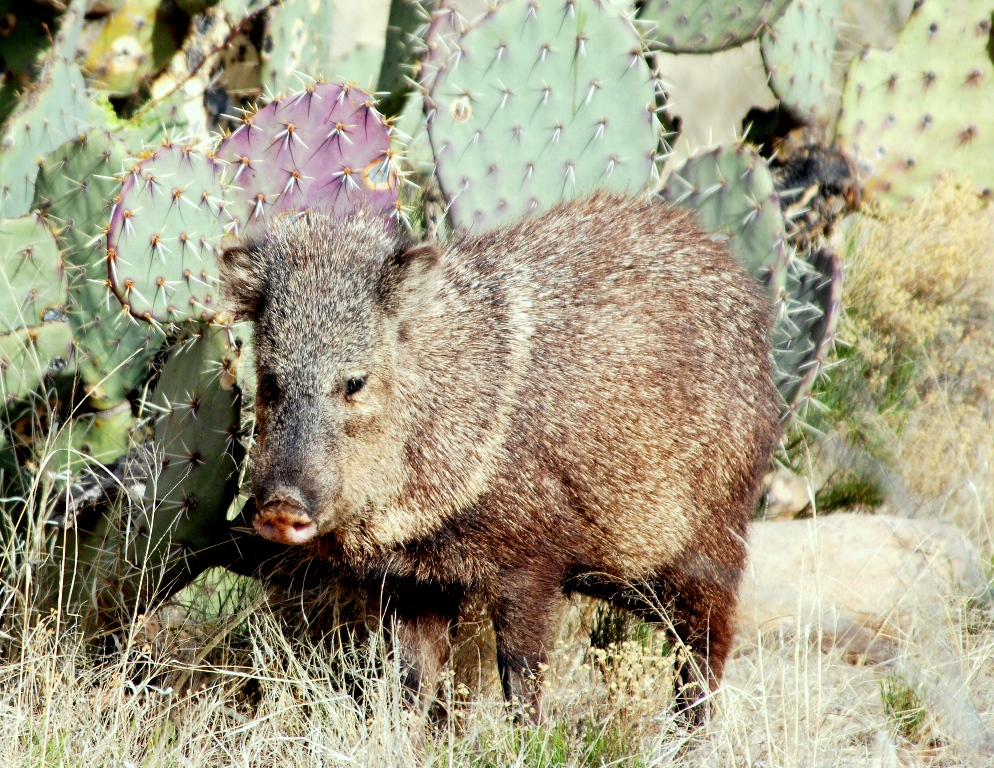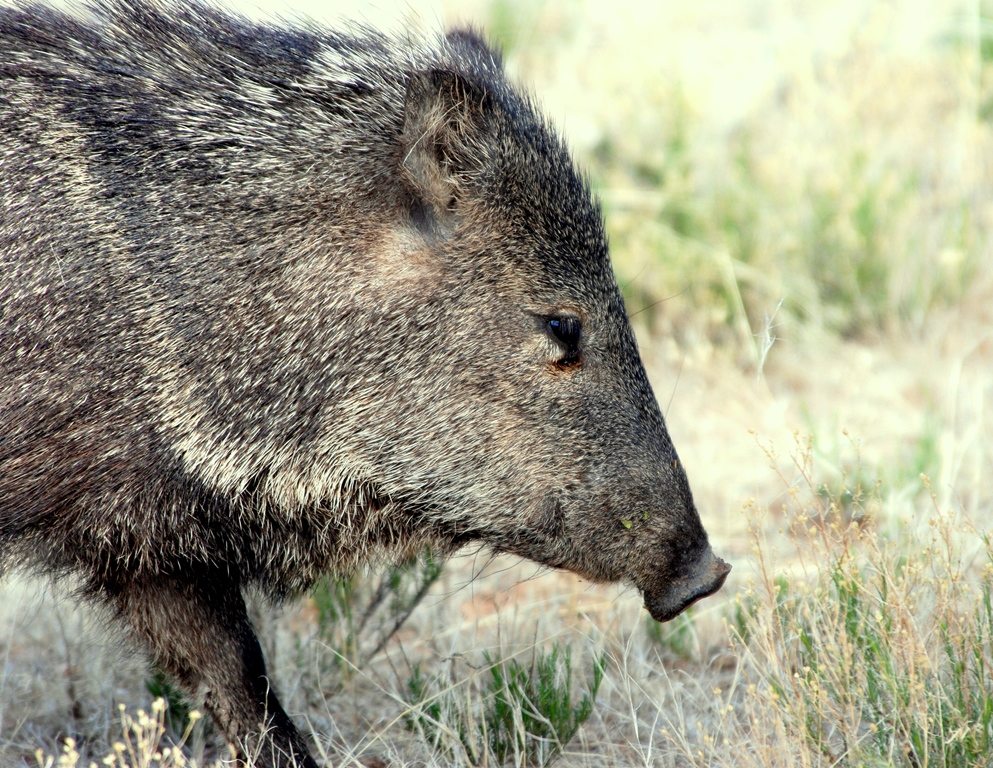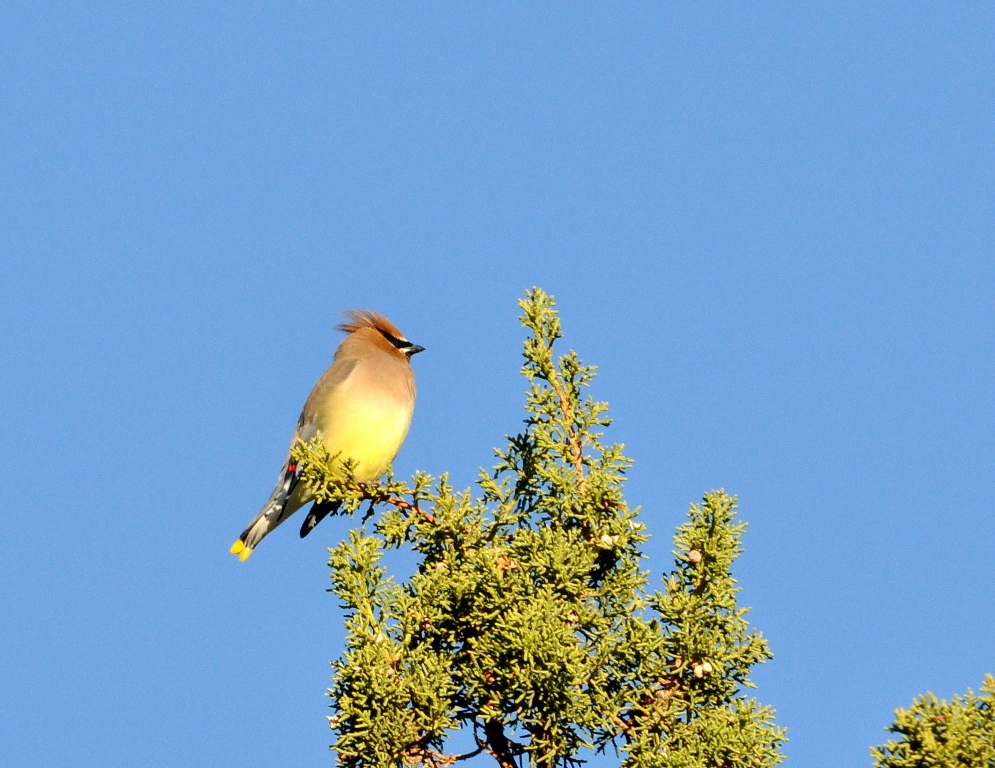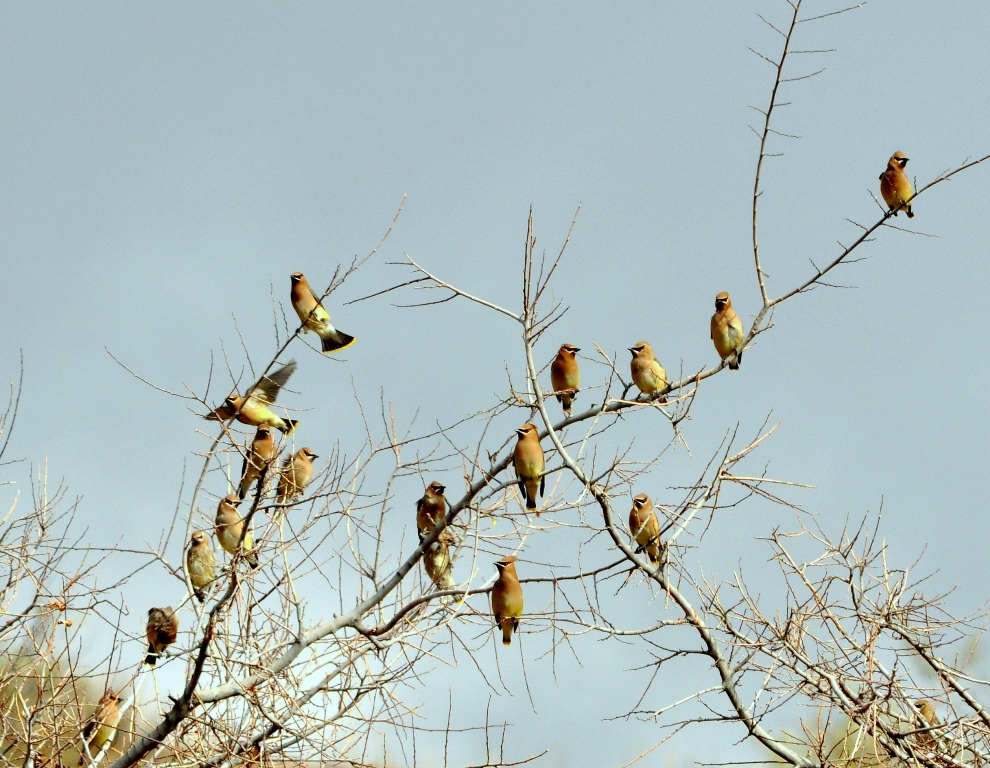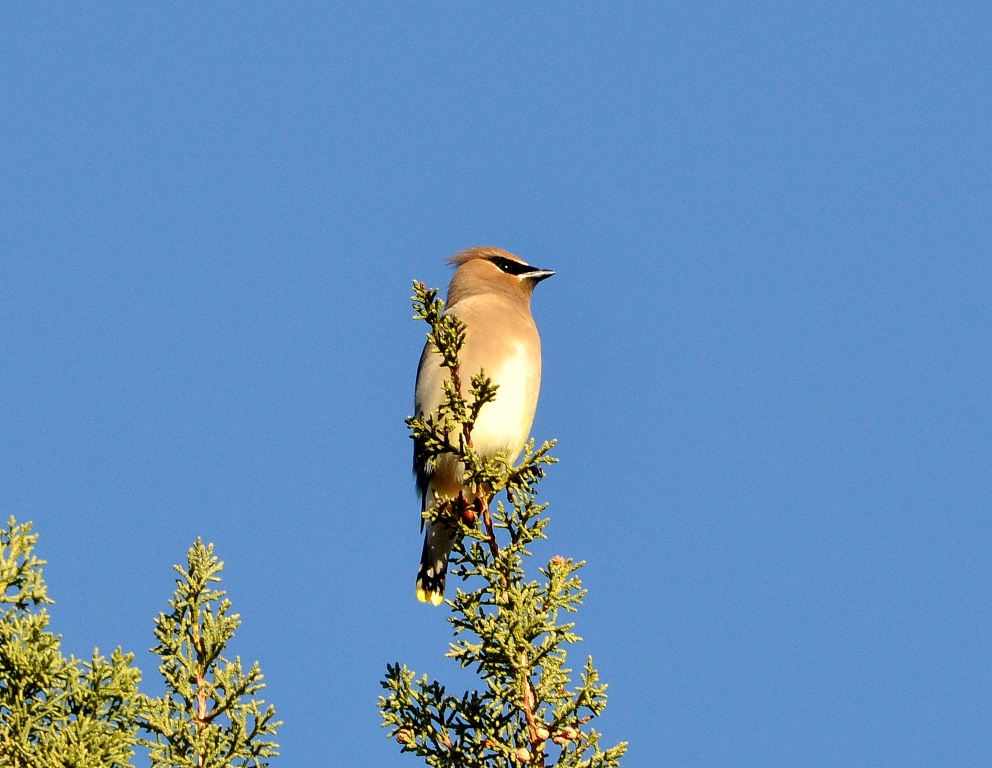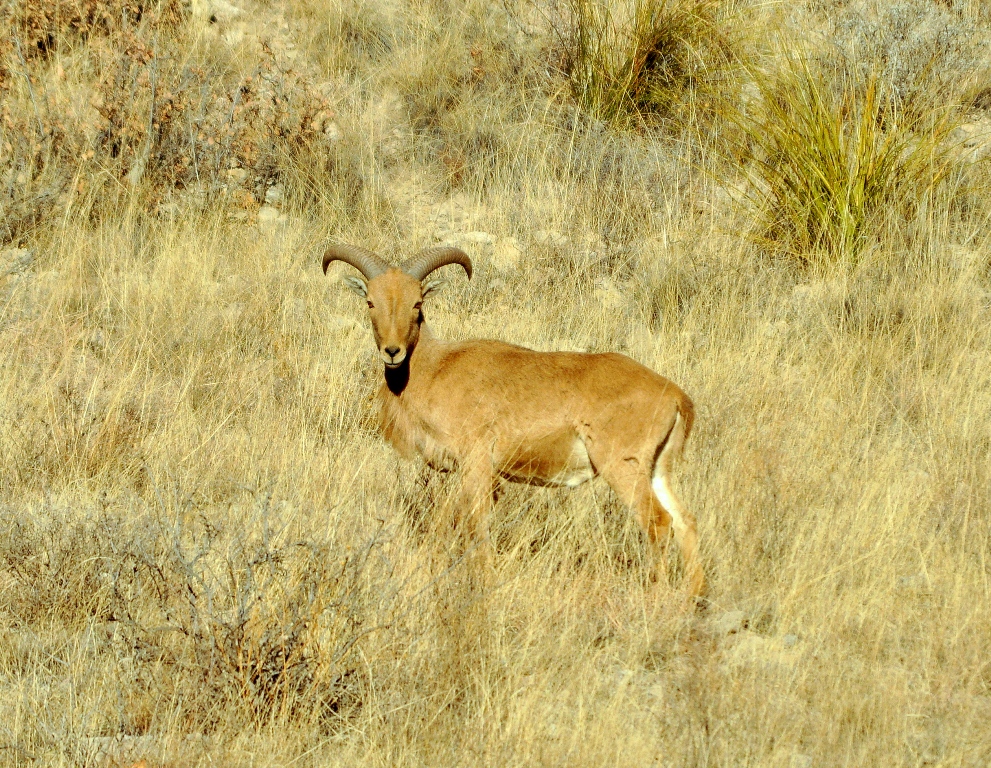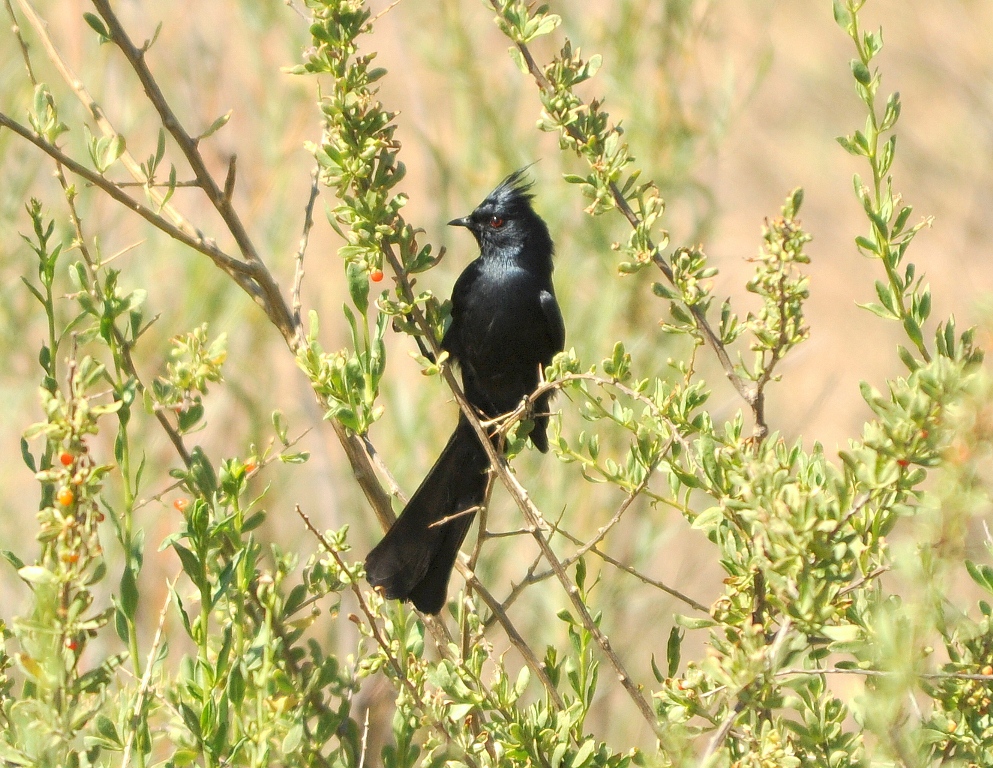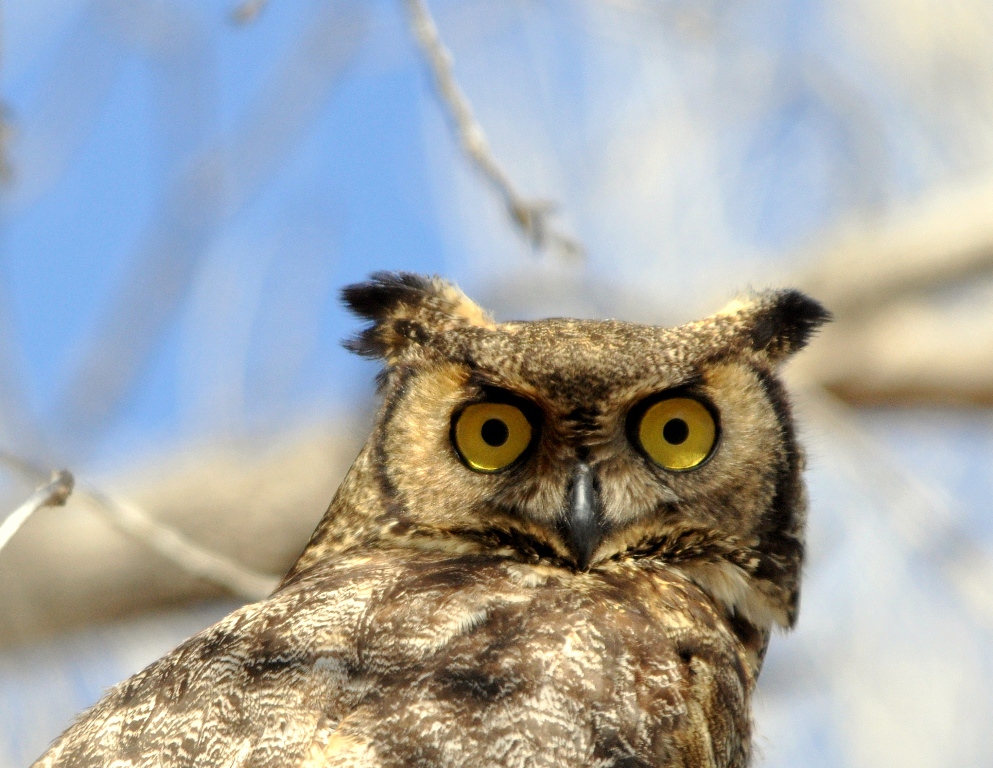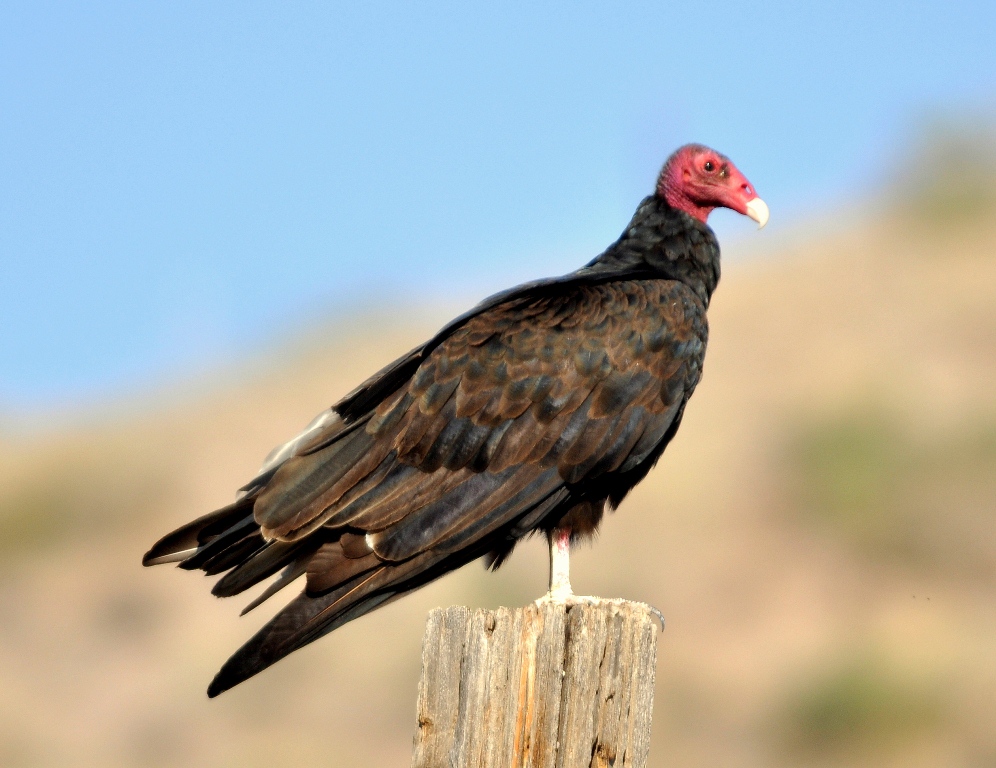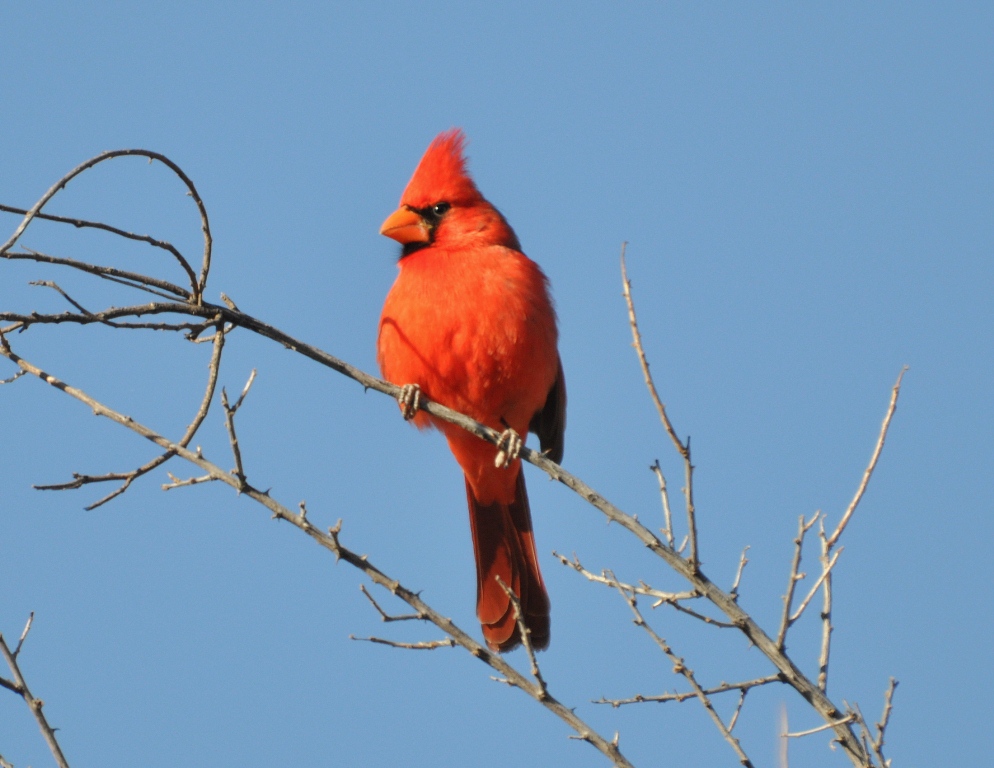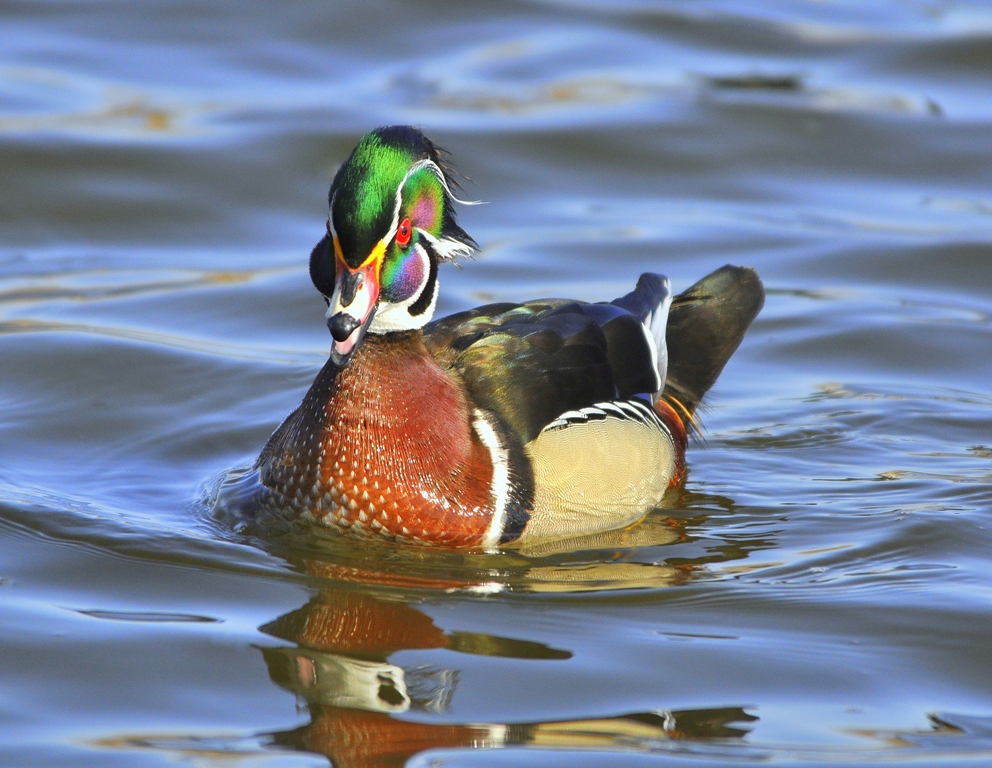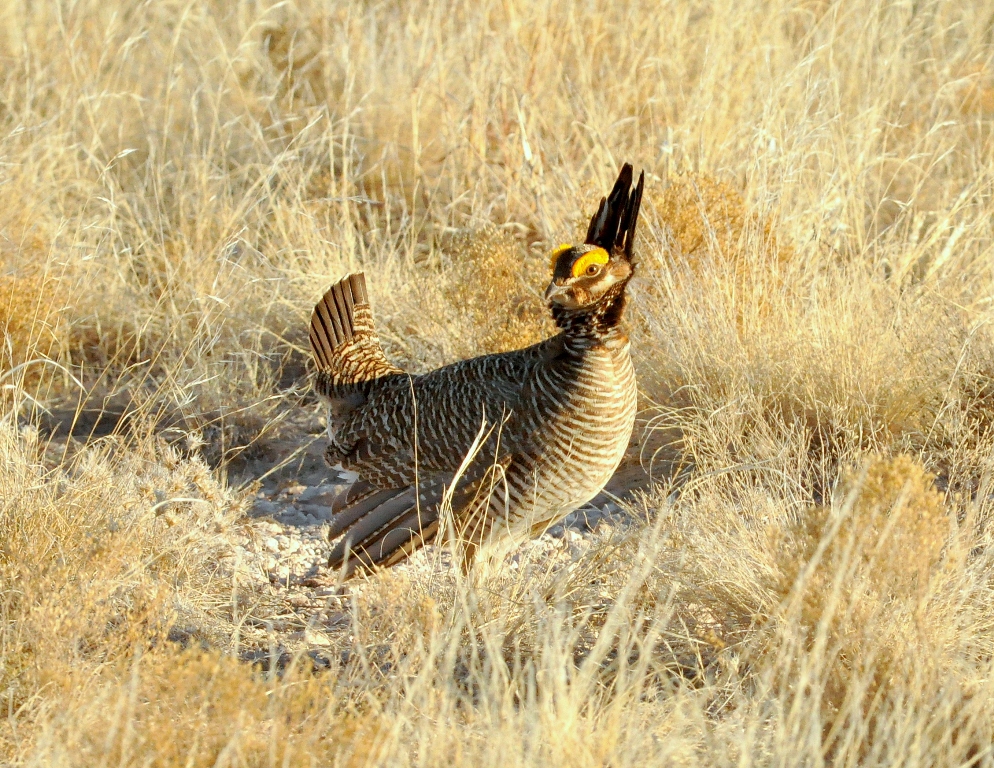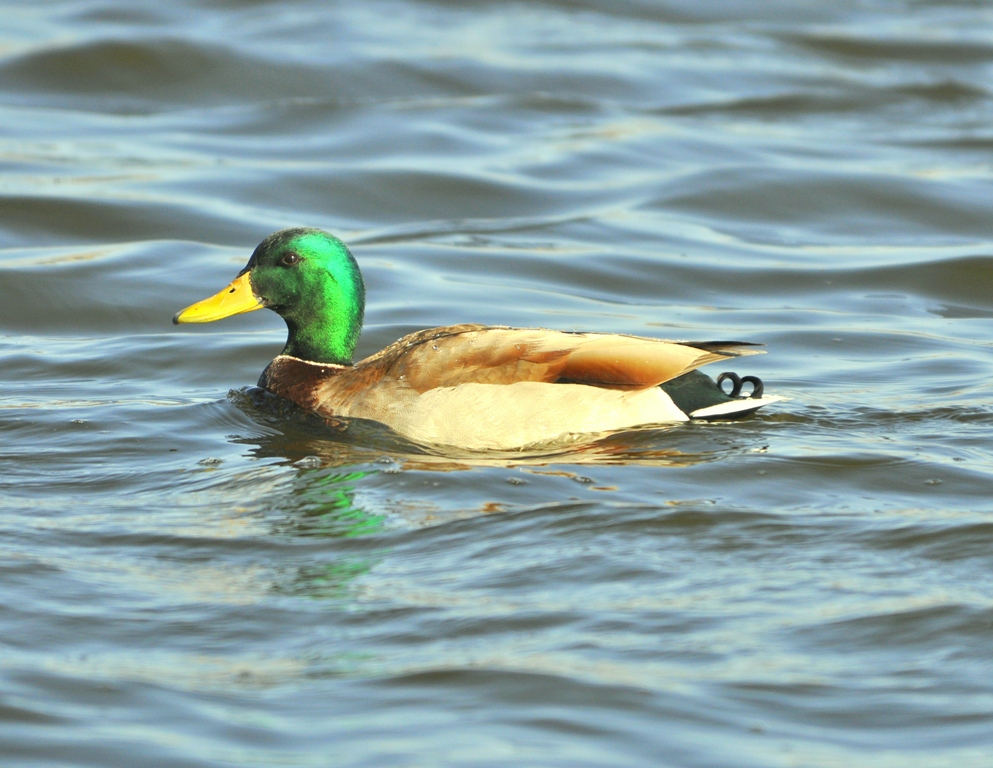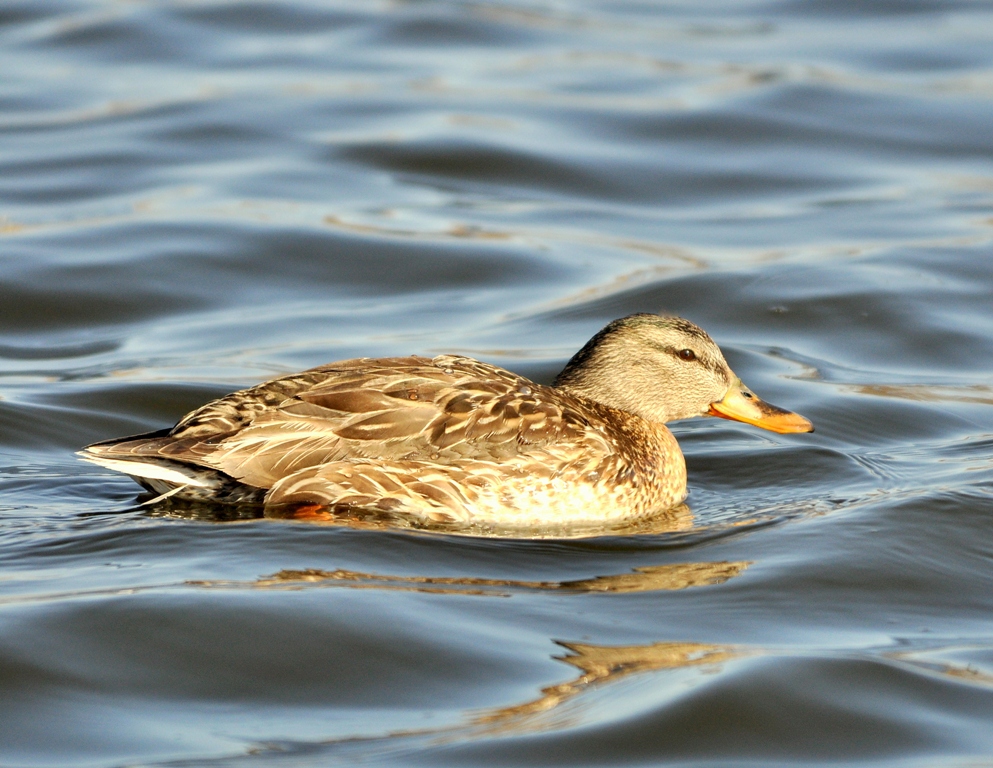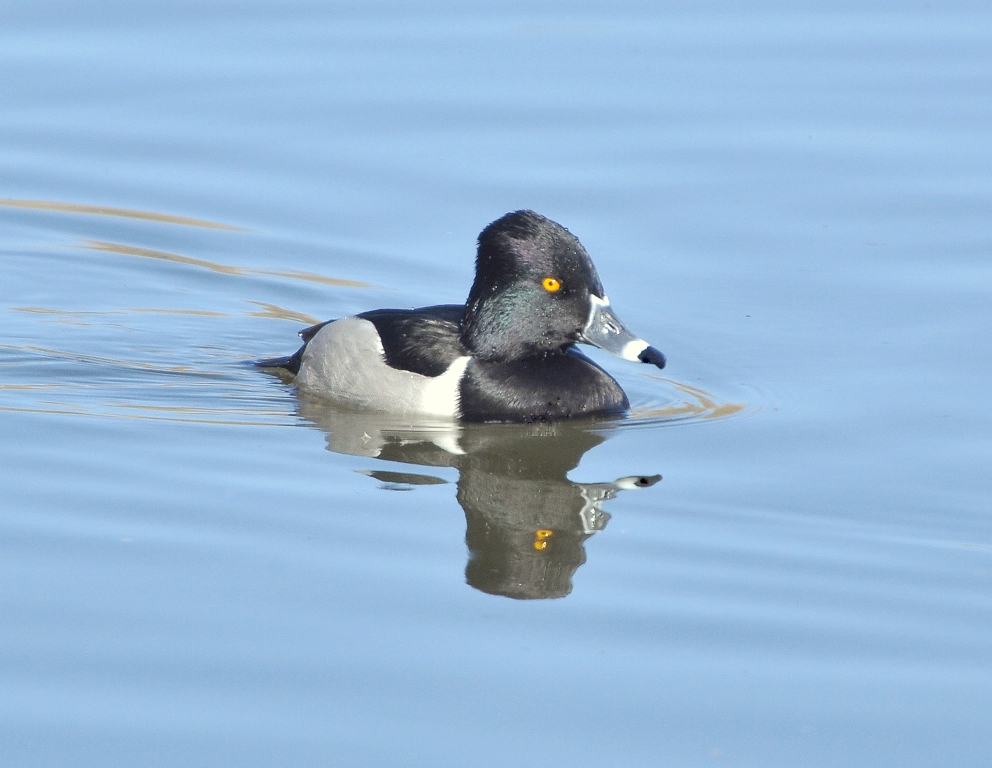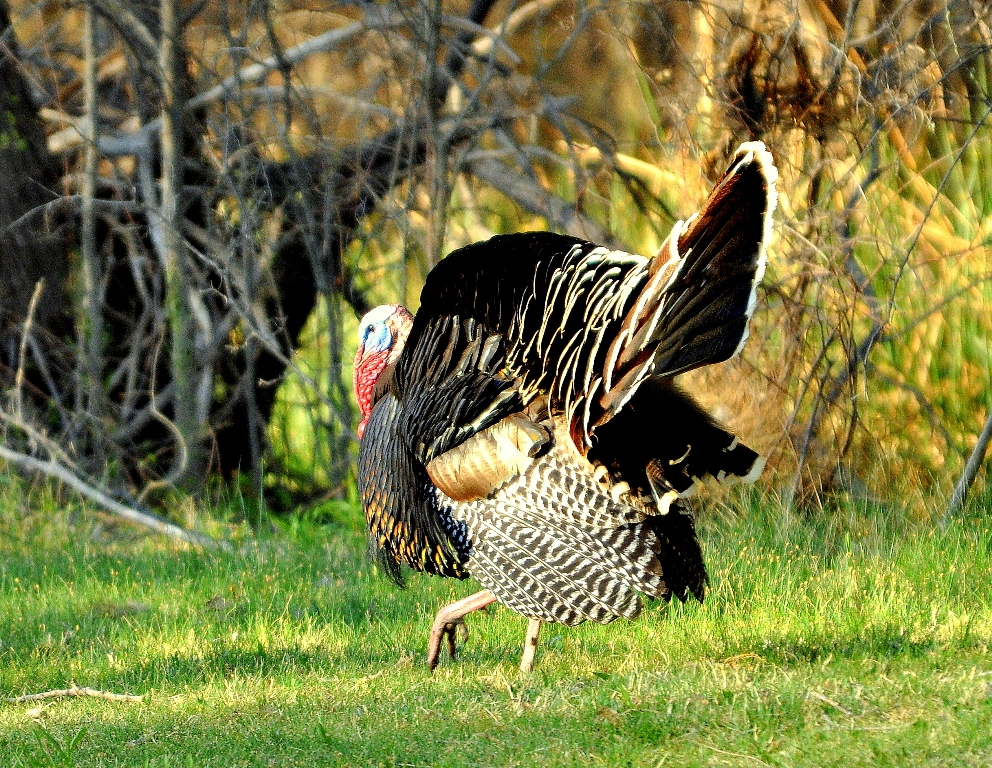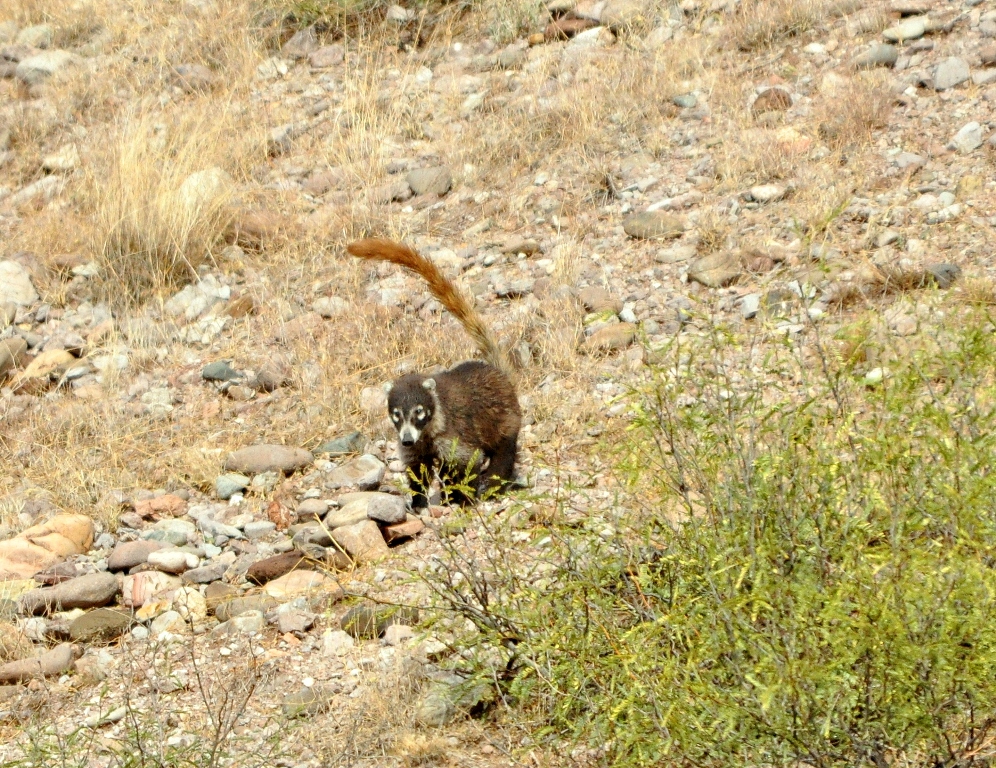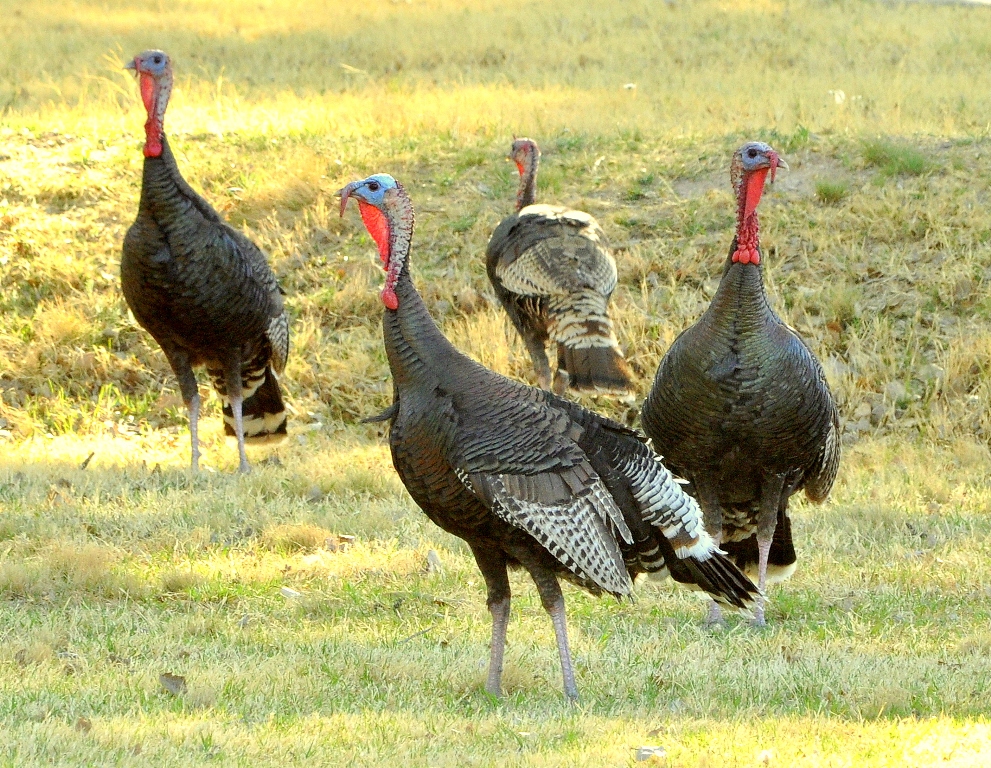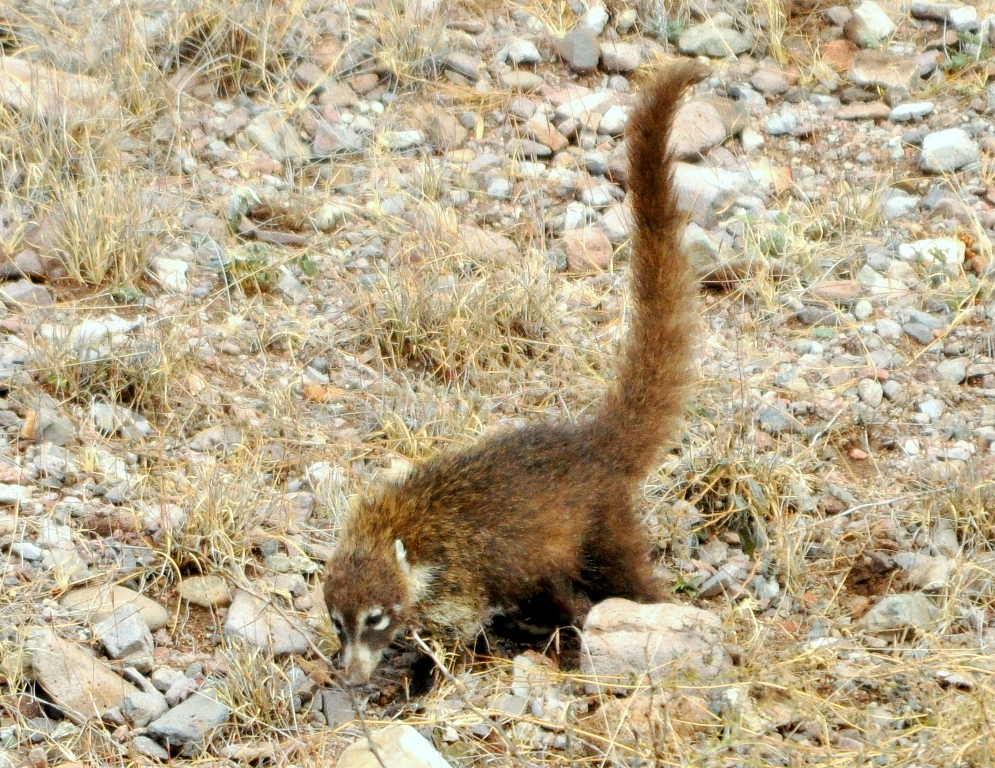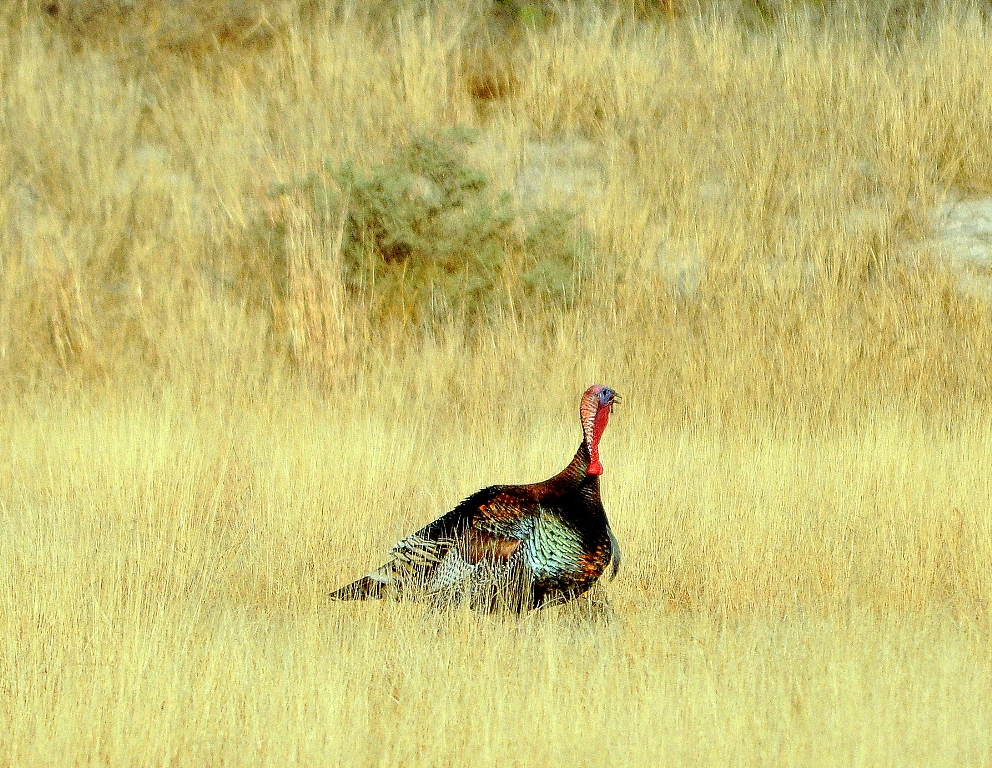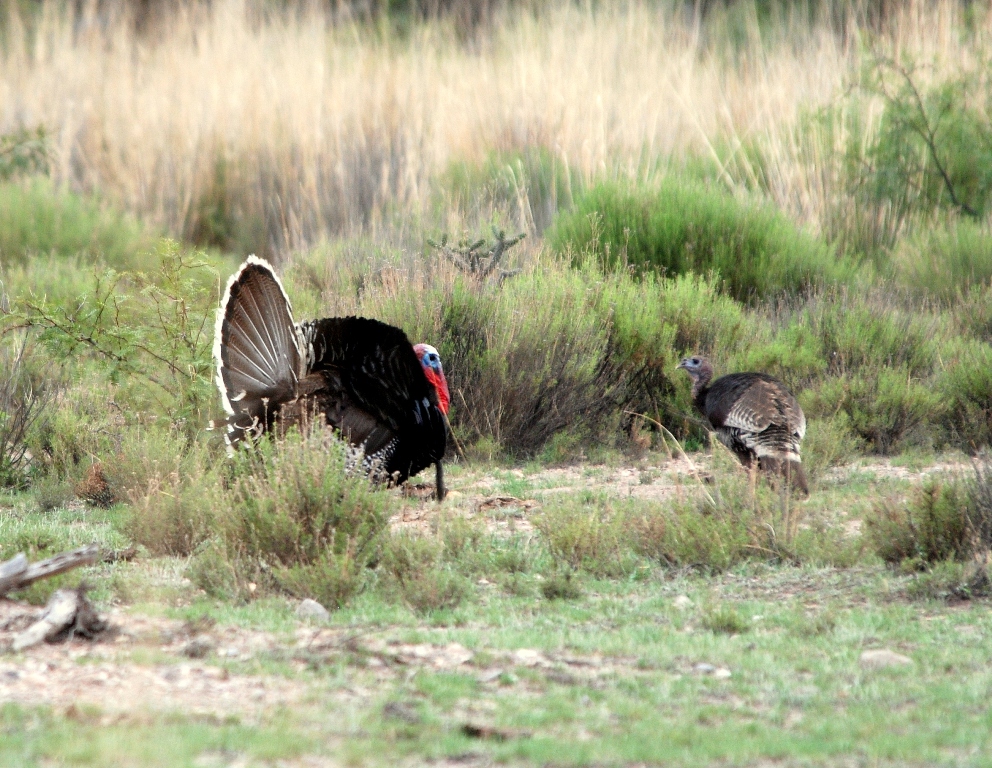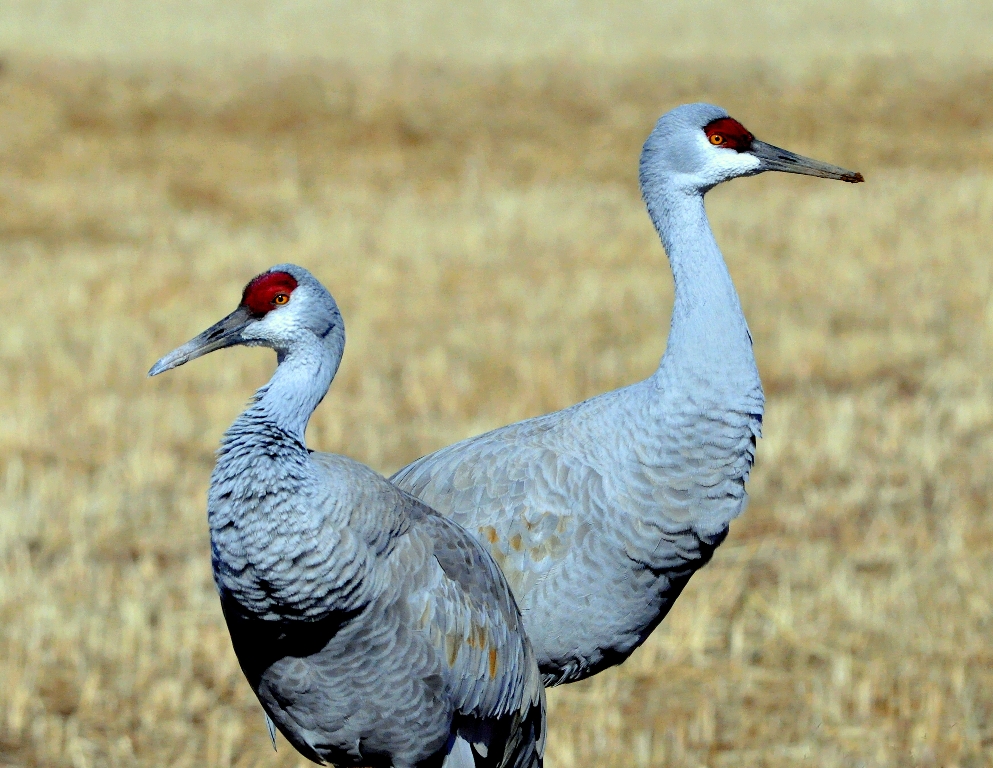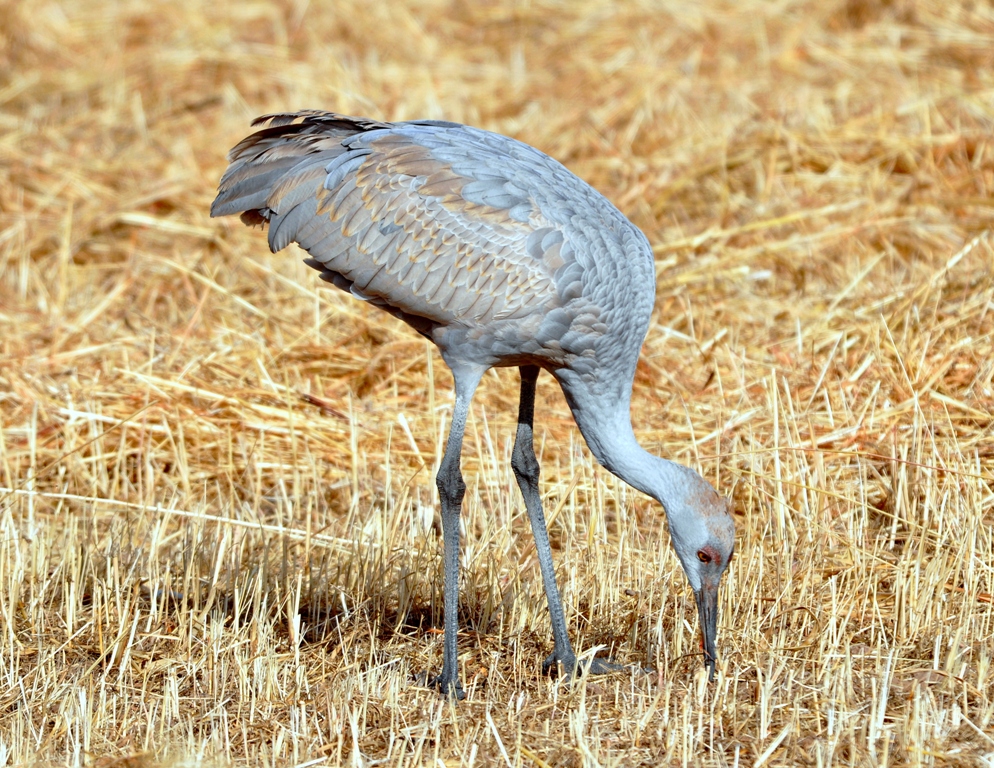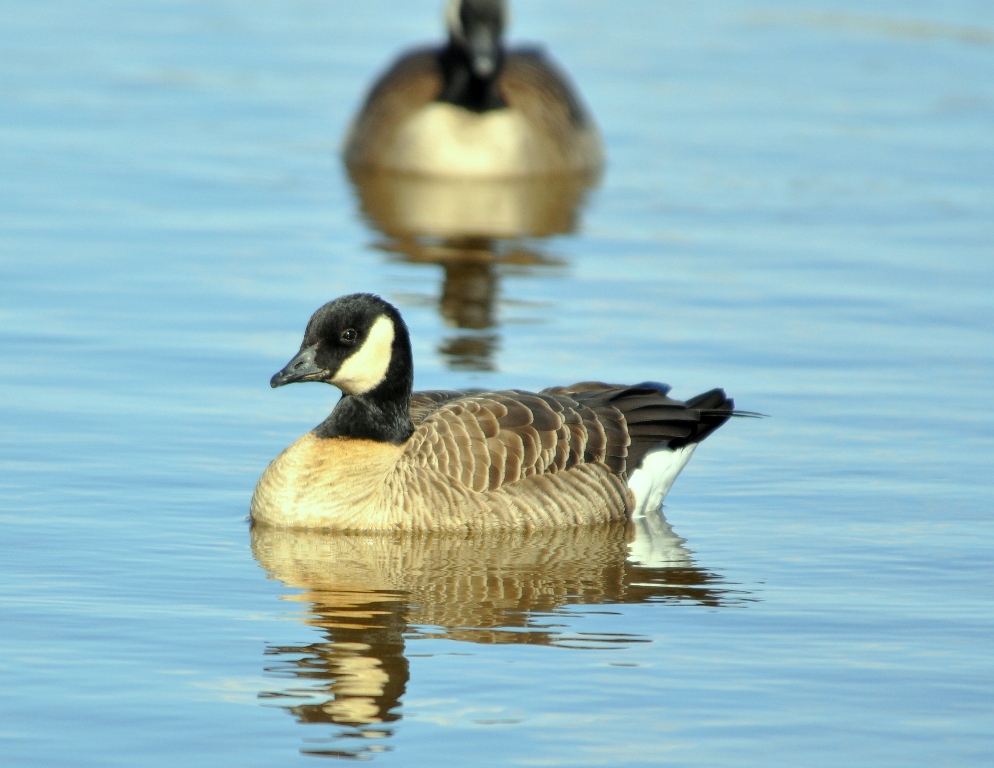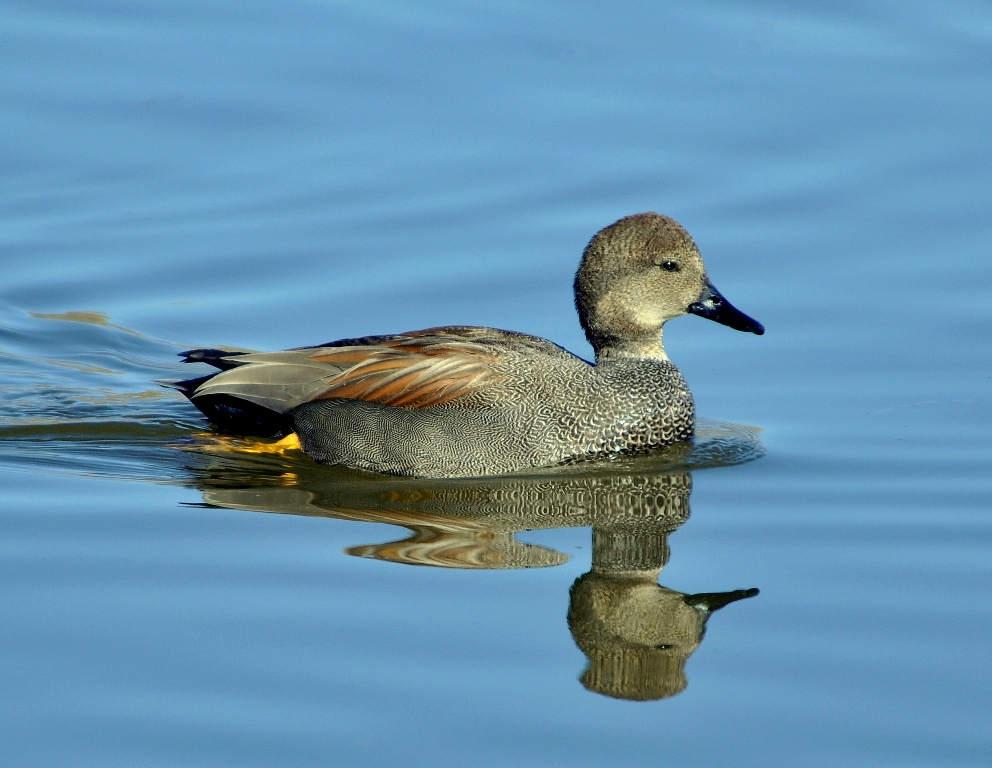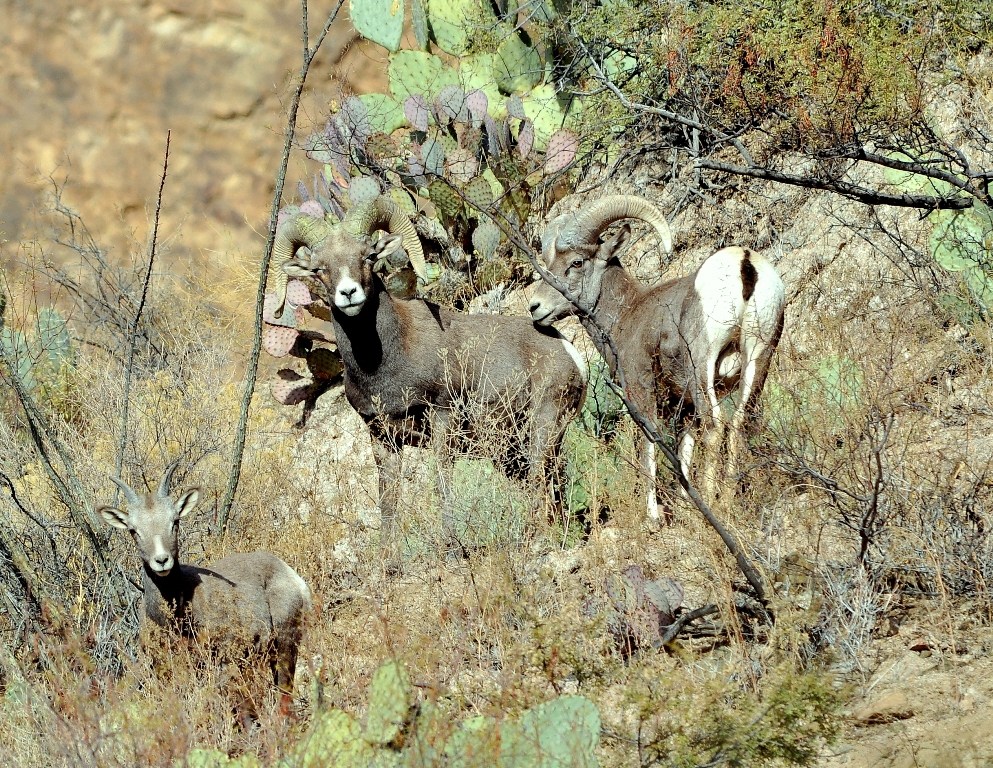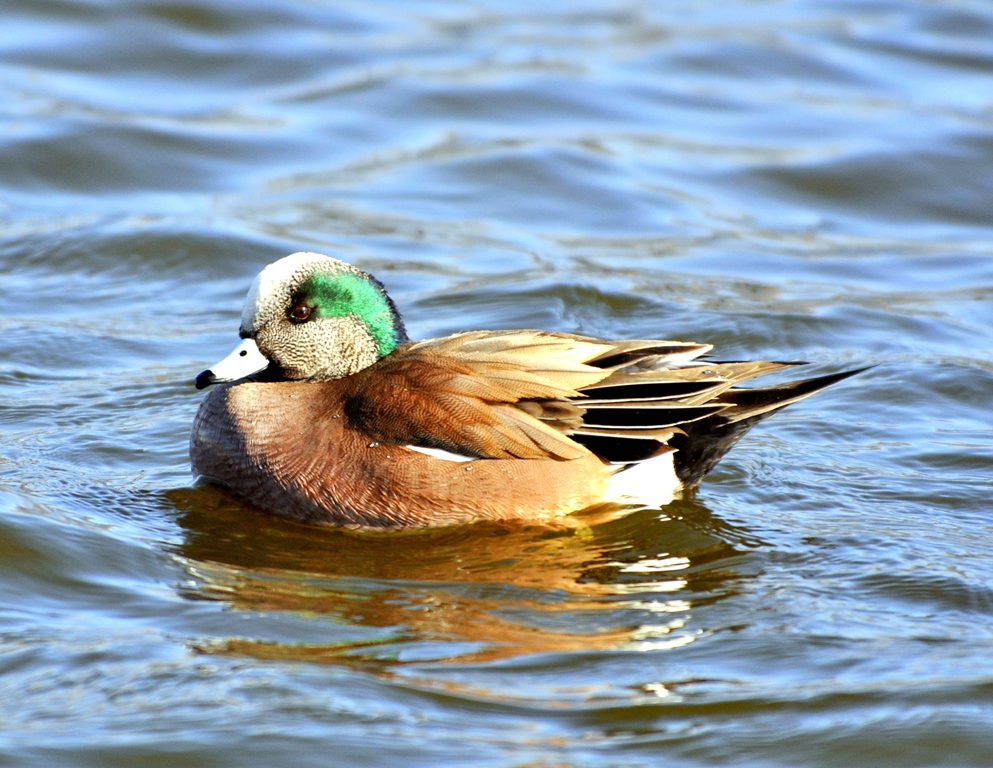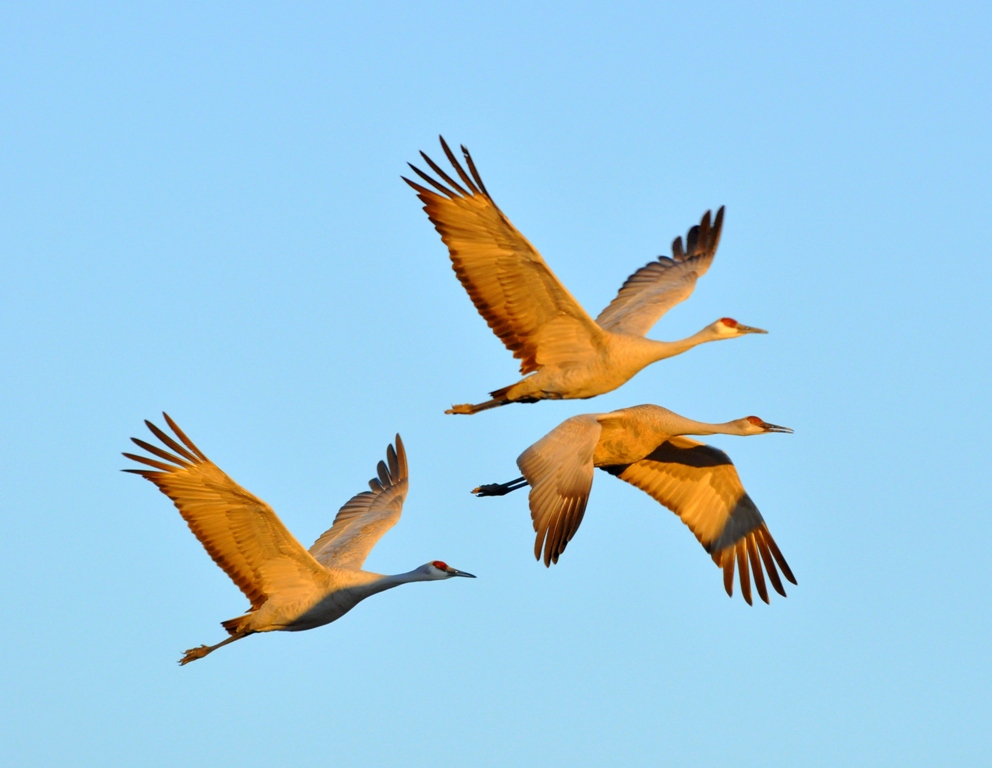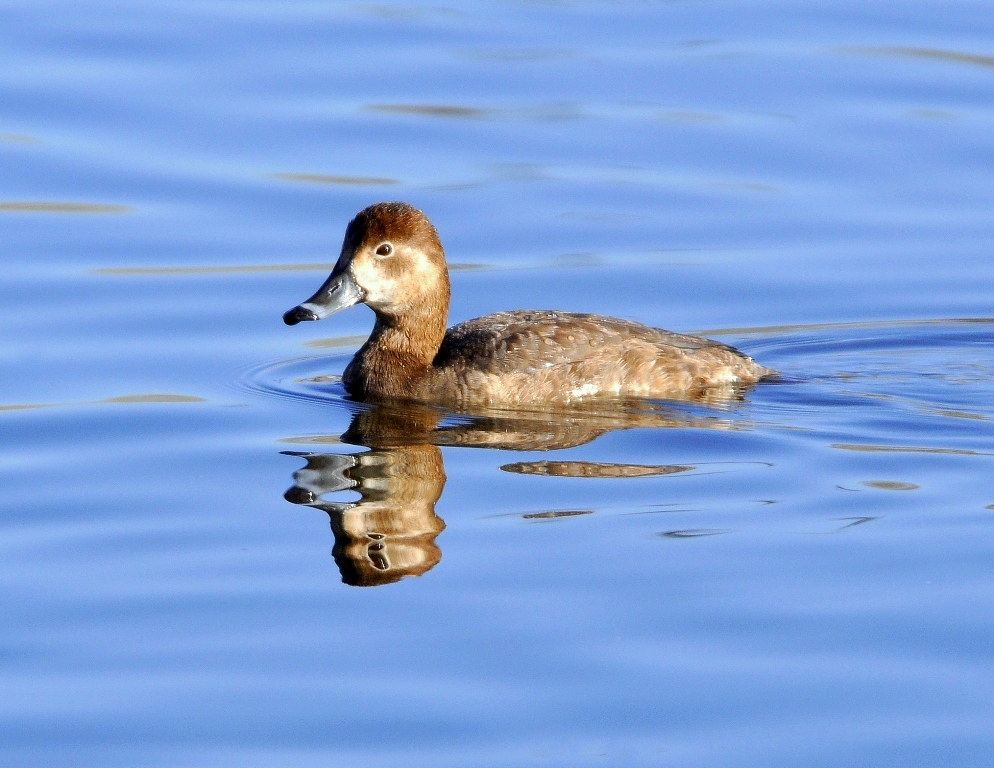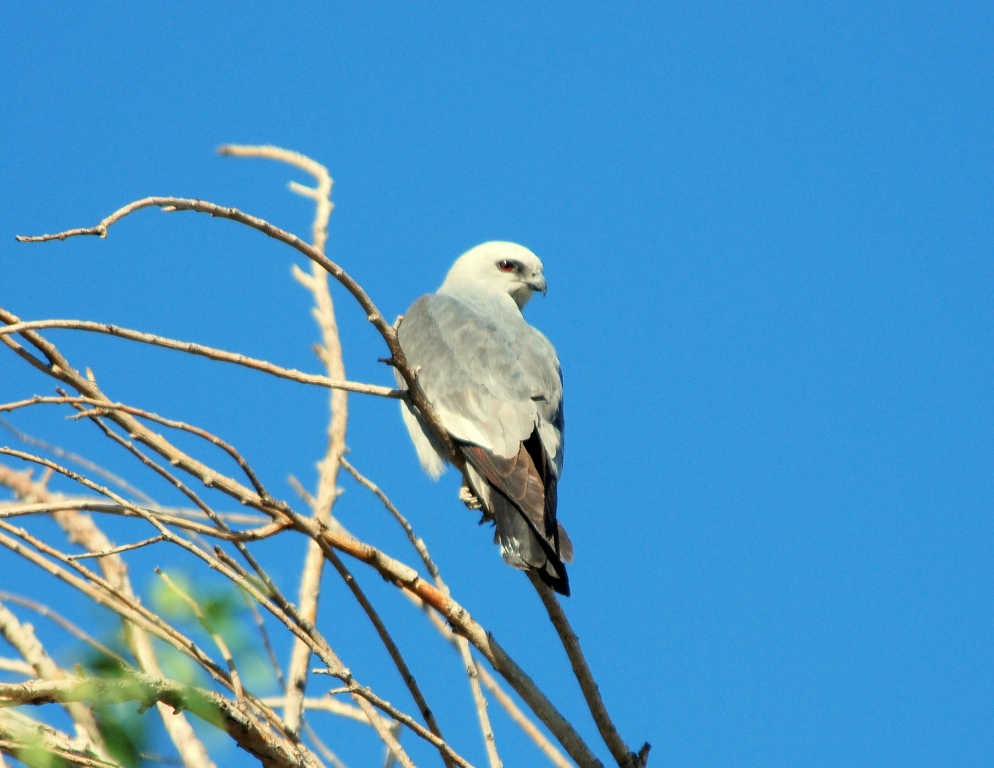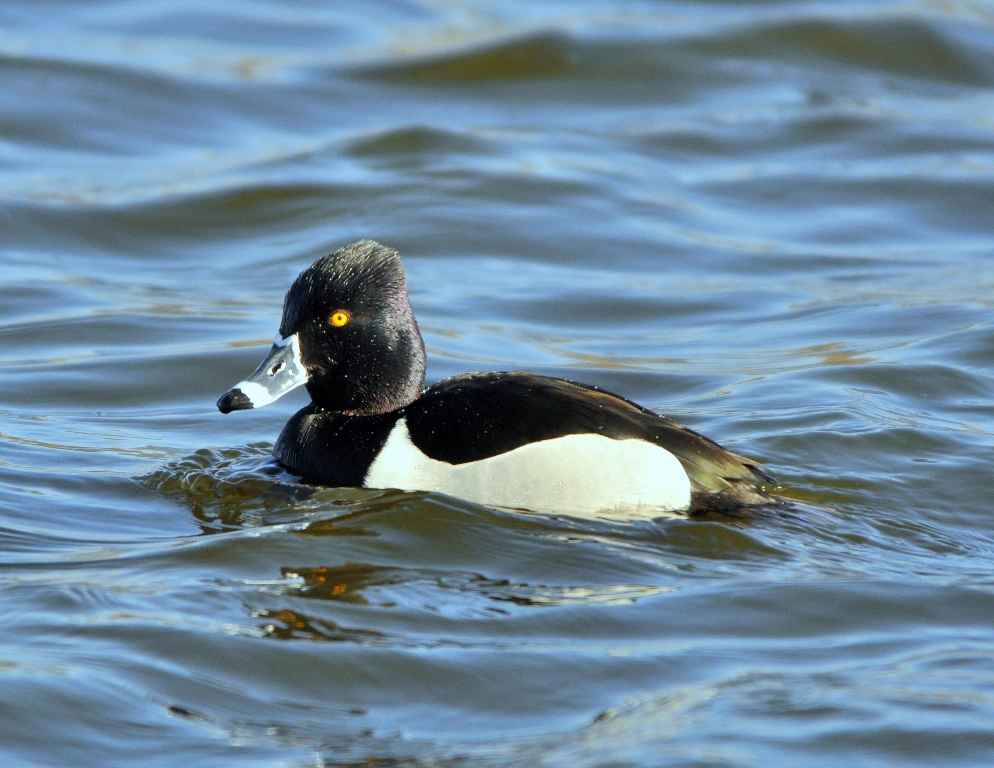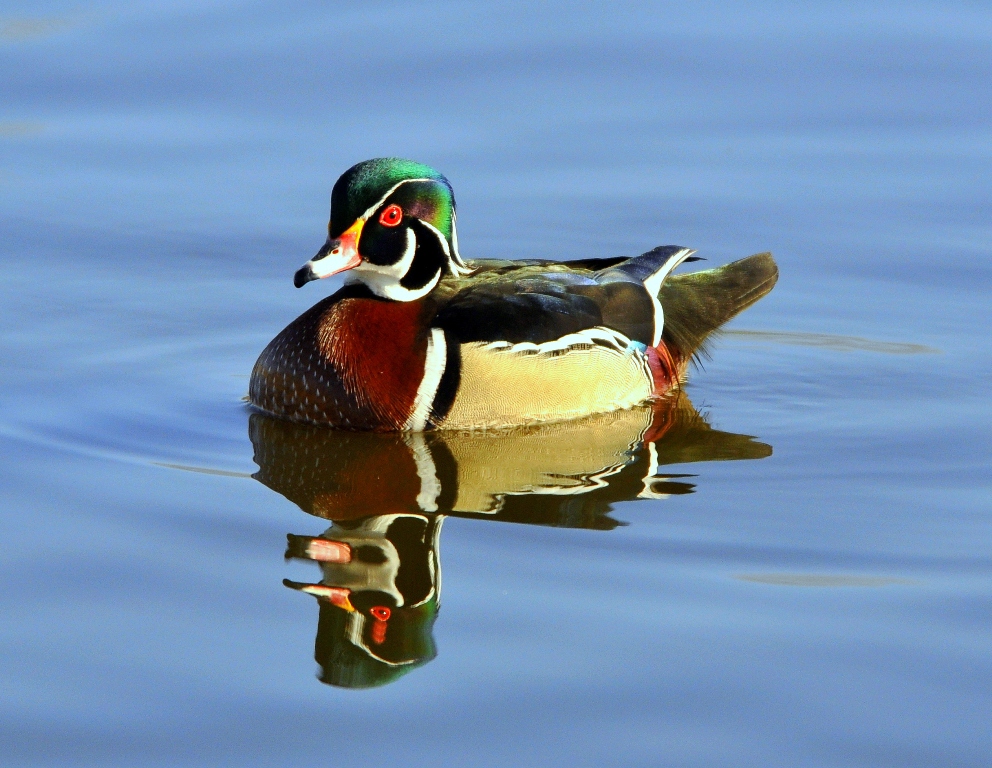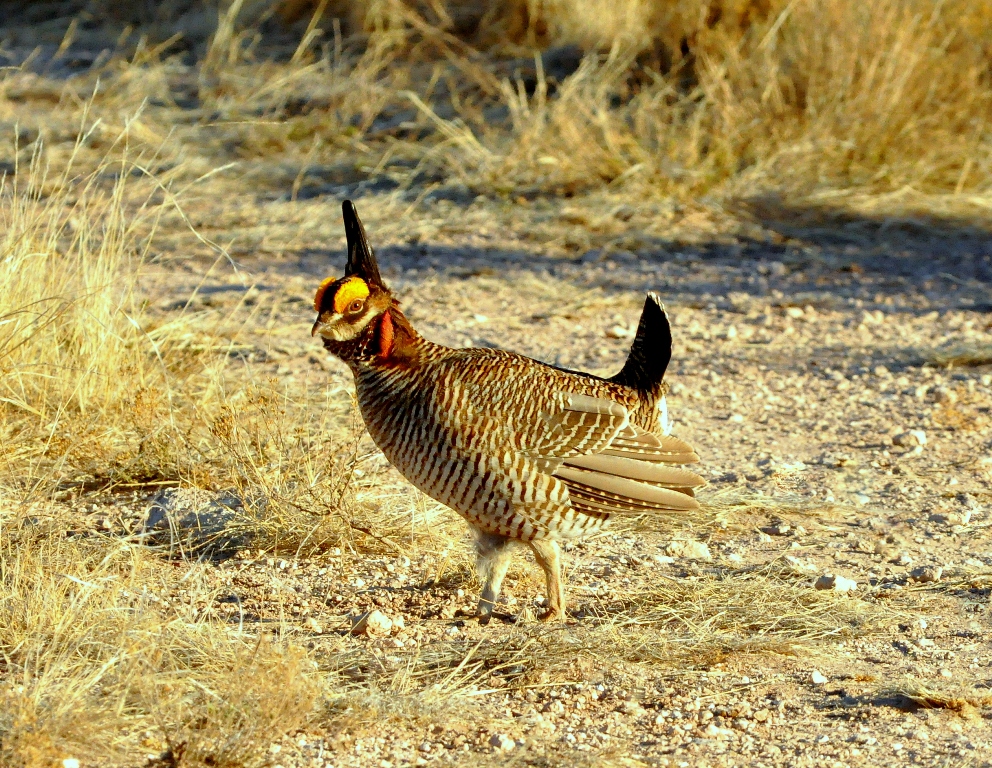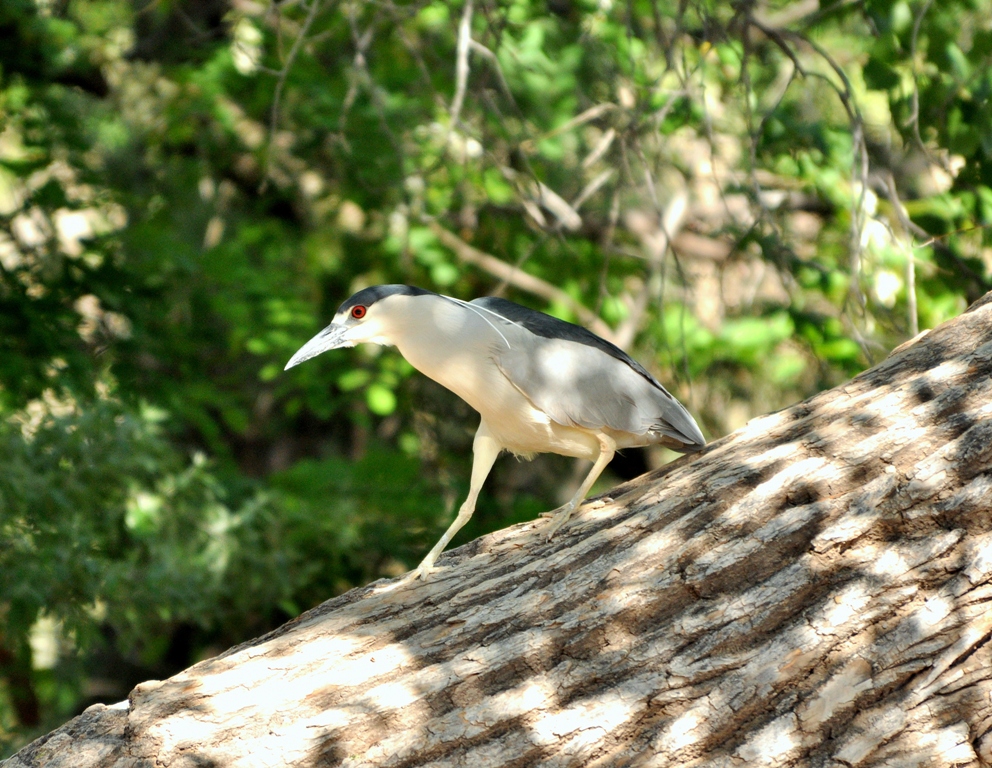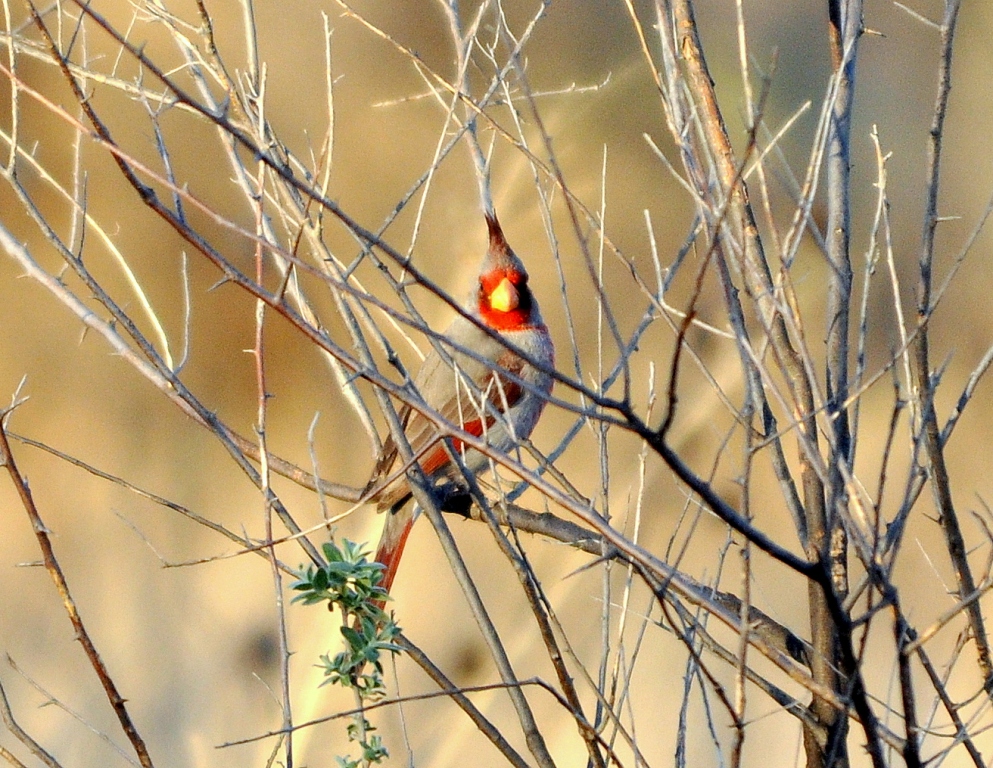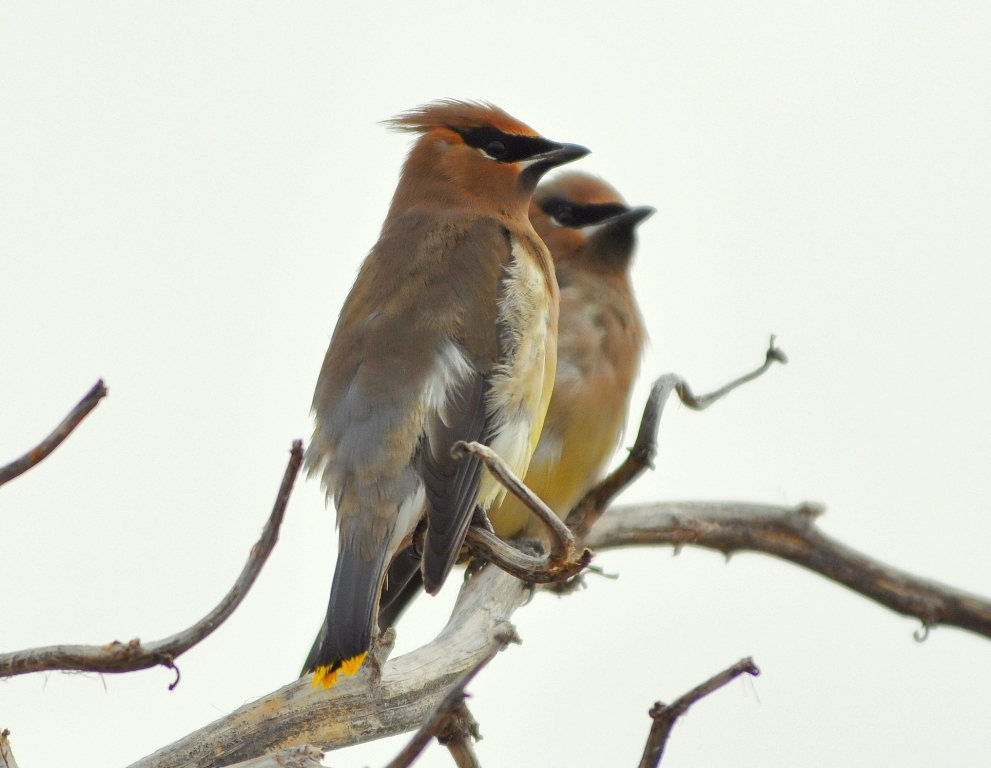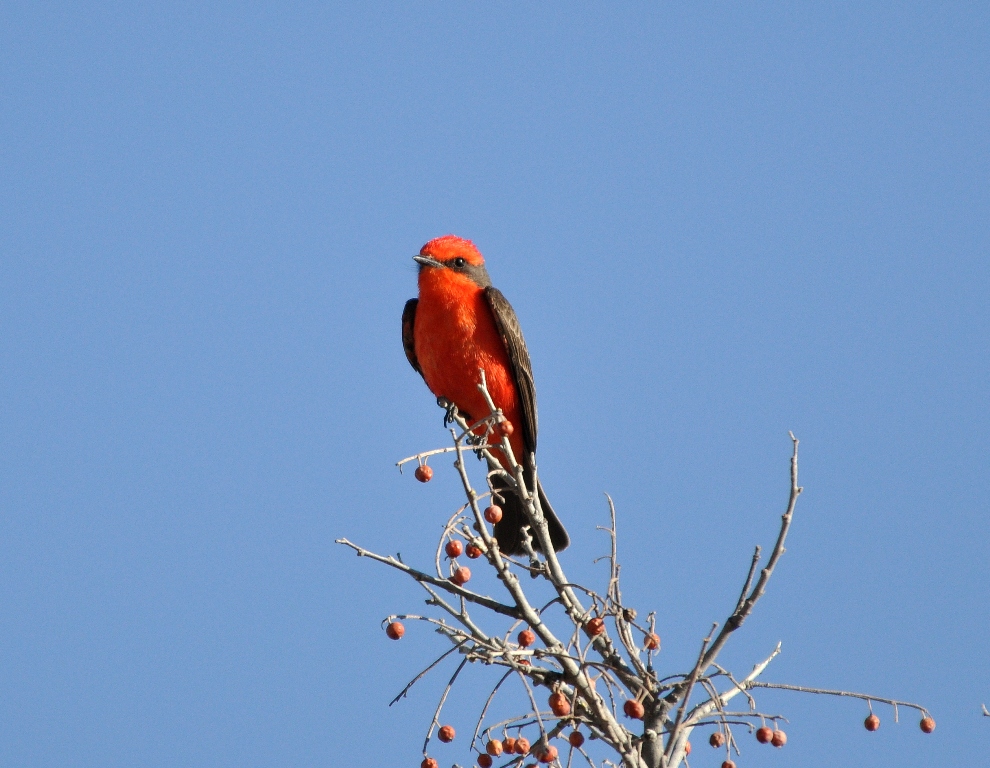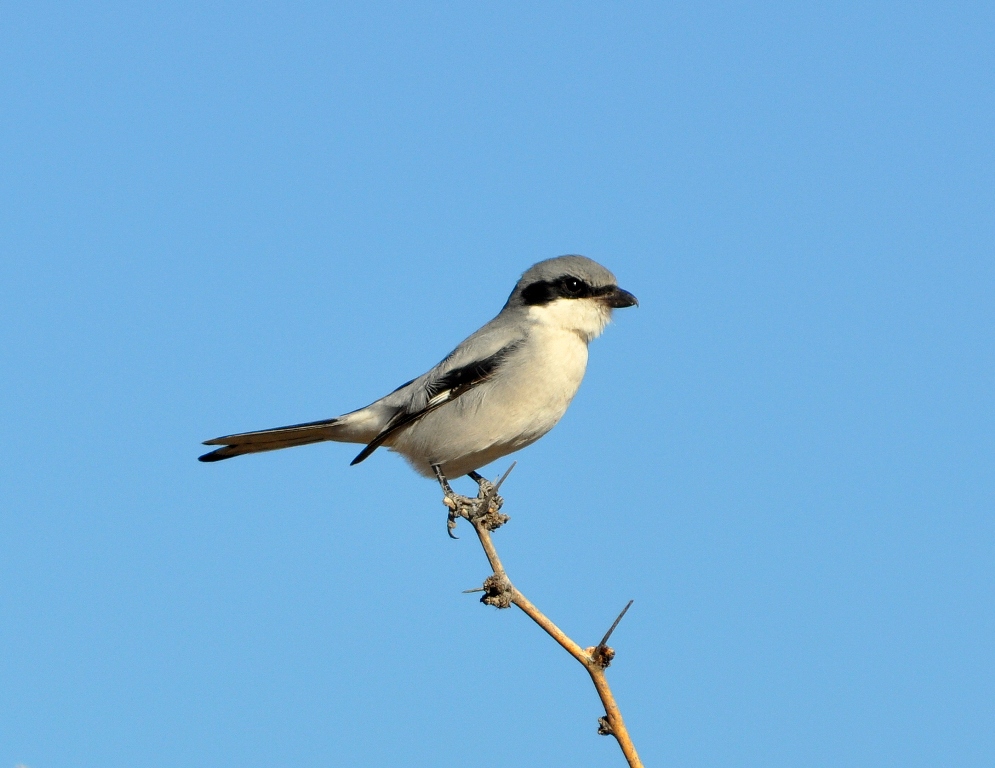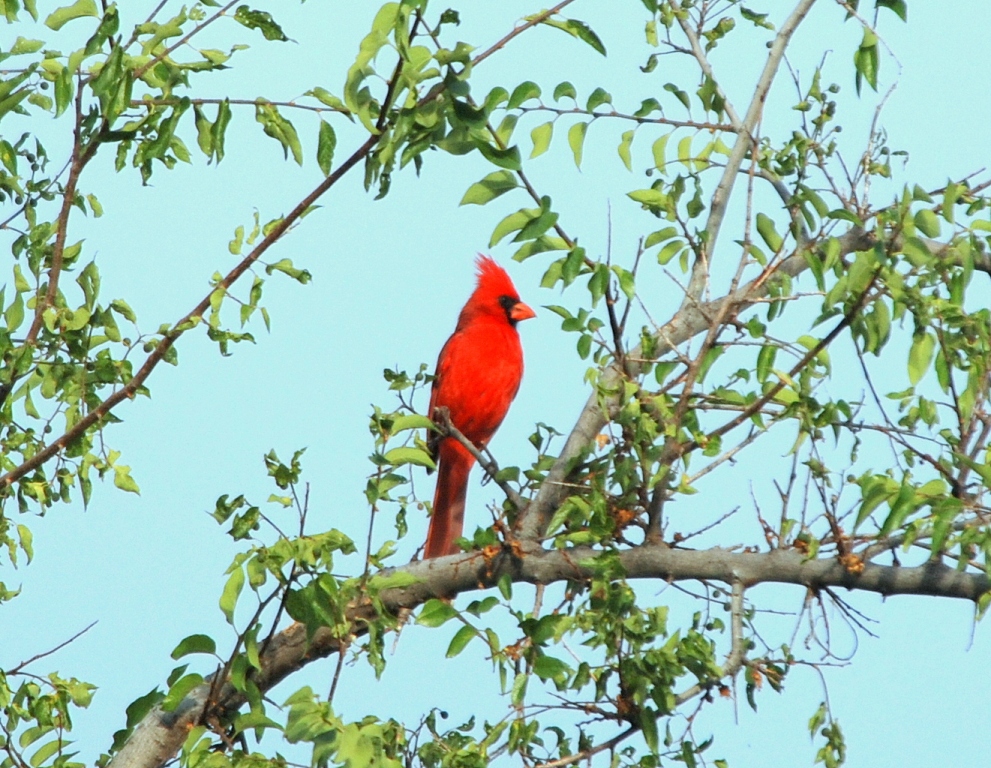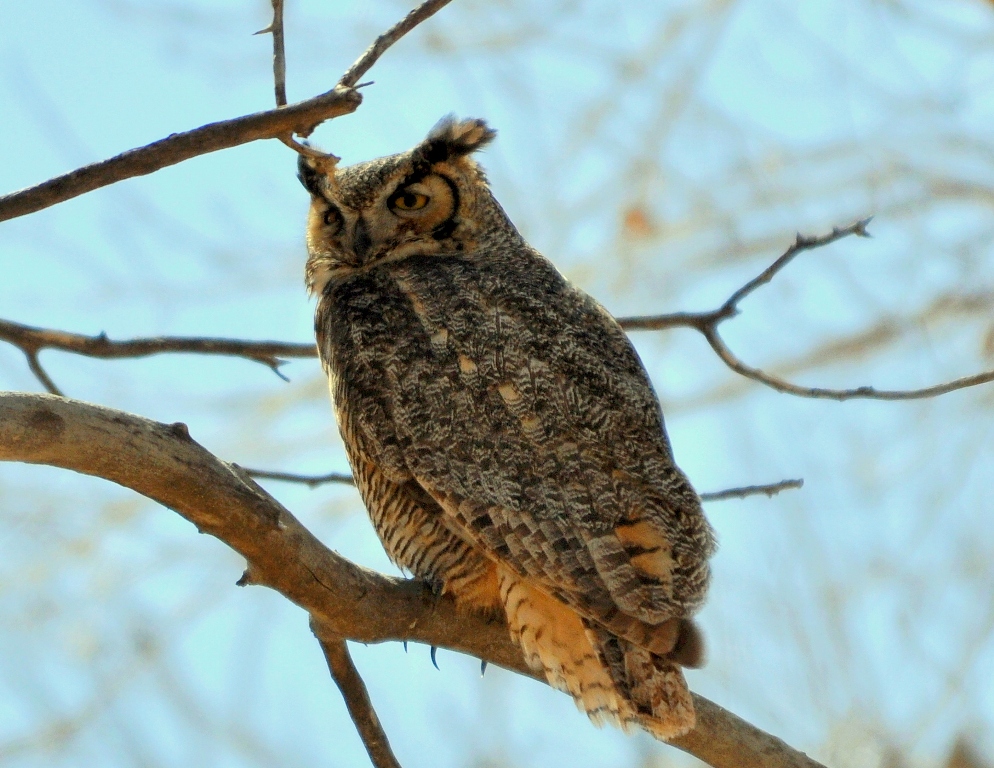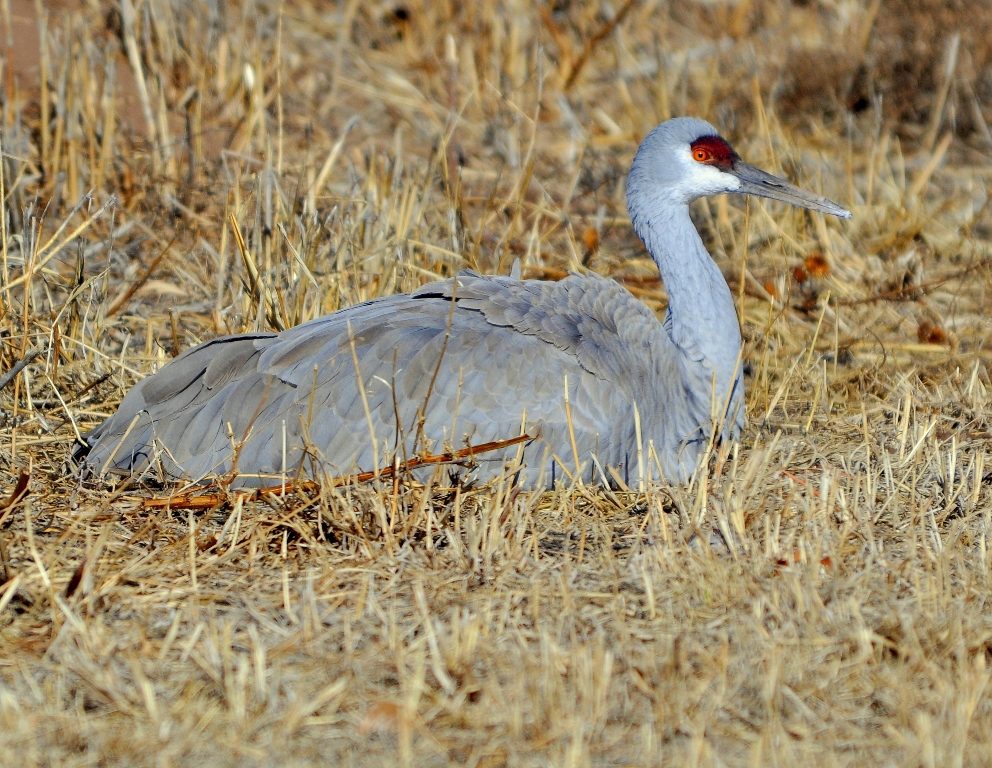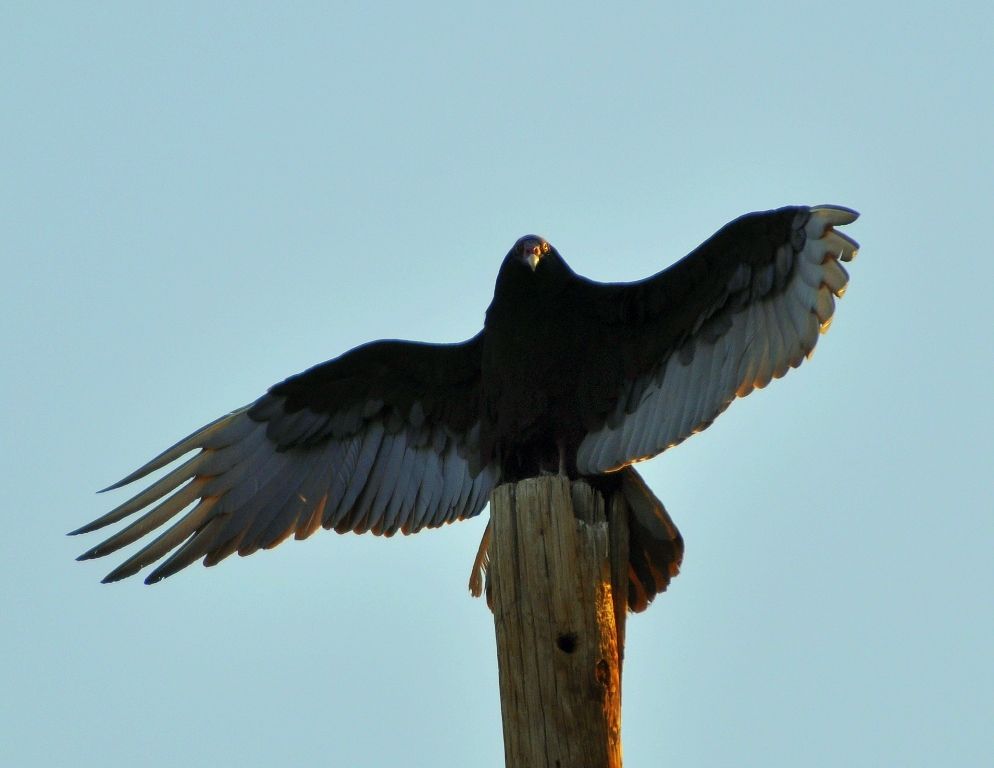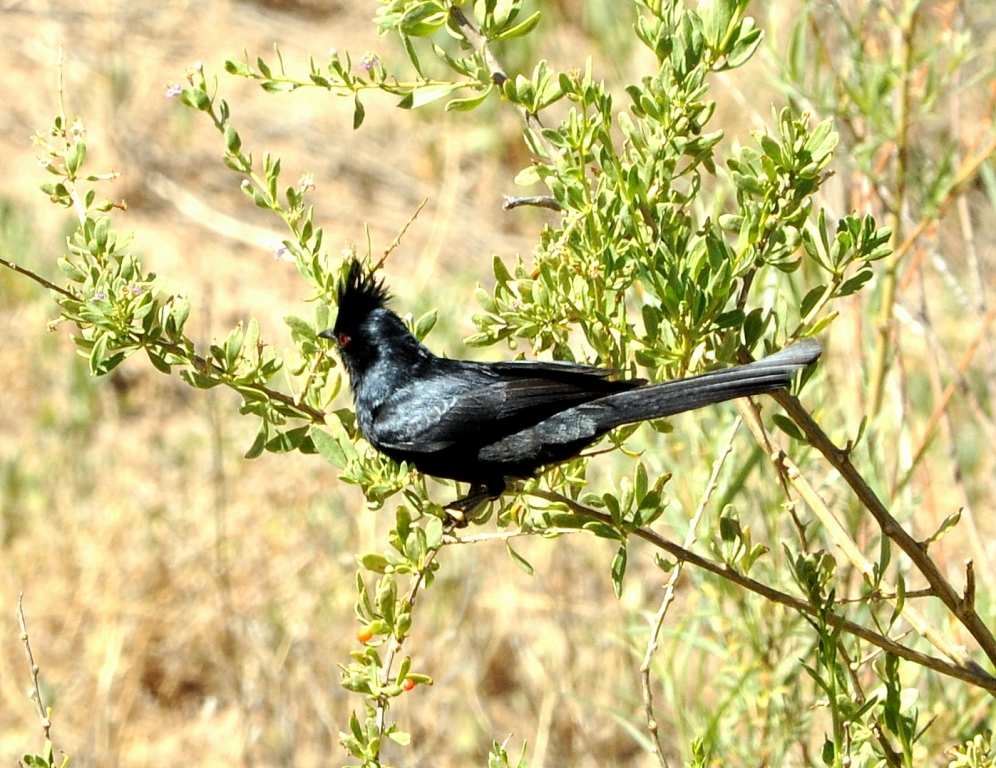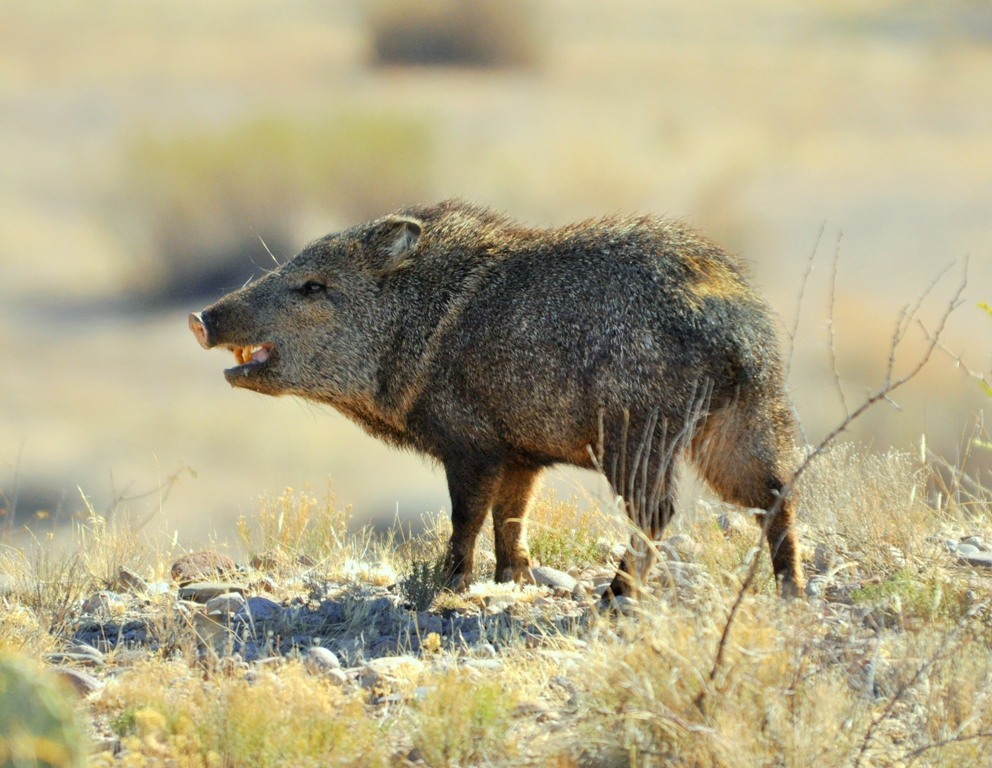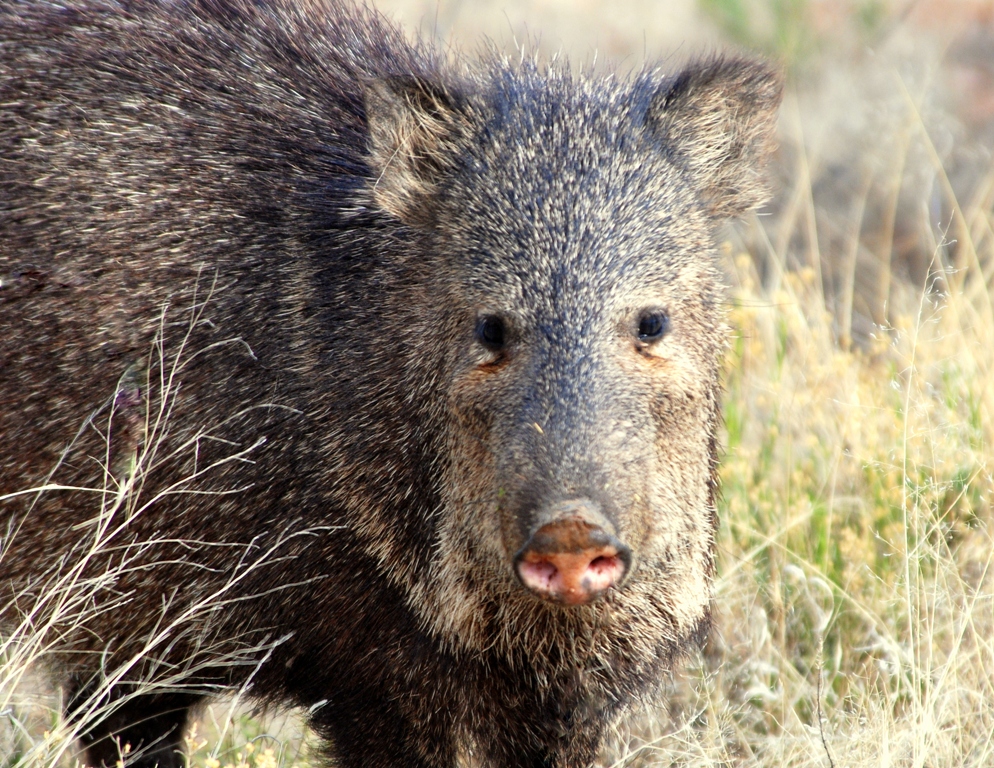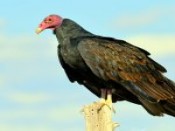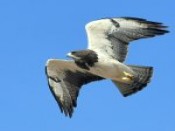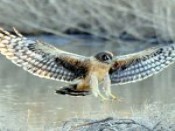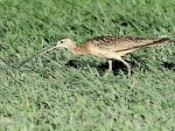Coatimundi | Lordsburg, New Mexico | March, 2010
We came across a group of some 20 female and juvenile coatimundi. They had become funneled in a small group of trees between a river and the dirt road where we were parked. This picture was taken of the dominant female of the group. She would repeatedly climb up between these two trees and display in this aggressive fashion which served as a distraction while the juveniles in the group climbed into the trees for safety. When she felt the juveniles were safe, she stopped the behavior. MC19-0039
Read MoreNorthern Cardinal – Male | Lordsburg, New Mexico | March, 2010
Unfortunately, there are very few Northern Cardinals in New Mexico. |MC23-0287
Read MoreLesser Prairie-Chickens – Males | Roswell, New Mexico | April, 2011
These 2 males are fighting to establish who is the dominate bird on this lek or strutting ground. The dominate birds will mate with the majority of the females. | MC34-0379
Read MoreLesser Prairie-Chicken – Male | Roswell, New Mexico | April, 2011
This bird is displaying on a lek in an effort to attract a female. |MC35-0020
Read MoreRing-necked Duck – Male | Albuquerque, New Mexico | January, 2011
These ducks look like they have been missnamed. They do in fact have a light colored ring around their necks, but it can only be seen when they extend their necks. |MC31-0113
Read MoreWild Turkey – Male | Carlsbad, New Mexico | April, 2011
This bird is an adult Rio Grande subspecies gobbler. |MC35-0197
Read MoreWild Turkeys – Immature Males | Carlsbad, New Mexico | April, 2011
These birds are immature males of the Rio Grande subspecies. These one year males are called “jakes”. |MC35-0114
Read MoreWild Turkey – Male | Carlsbad, New Mexico | April, 2011
This bird is an adult Rio Grande subspecies gobbler. |MC35-0139
Read MoreWild Turkeys – Male & Female | Peloncillo Mts. NM | June, 2009
The largest of all wild turkey’s, this adult gobbler and hen of the Gould’s subspecies are quite rare in New Mexico, where they are found only in the Peloncillo Mts. This range of mountains is located along the New Mexico, Arizona border just north of the border with Mexico. The Sierra Madre Occidental Mts. in northern and central Mexico are home to most of the Gould’s turkeys. |MC10-0113
Read MoreCackling Goose | Albuquerque, New Mexico | November, 2010
Genetic testing has revealed that these smaller birds are genetically distinct from Canada Geese, and they are grouped into a distinct species, the Cackling Goose. Along with their much smaller size they lack the white neck band that is typical of many Canada Geese.MC28-0106
Read MoreRing-necked Duck – Male | Albuquerque, New Mexico | March, 2011
These ducks do have a pale colored ring around their necks, but you can only see it when they extend their necks. |MC33-0077
Read MoreLesser Prairie-Chicken – Male | Roswell, New Mexico | April, 2011
This bird is displaying on a lek, or strutting ground, in an attempt to attract a female. |MC35-0037
Read MorePyrrhulaxia – Male | Carlsbad, New Mexico | April, 2011
This close cousin of the Northern Cardinal is only found in New Mexico in the spring and summer along our southern border with Mexico and Texas. |MC35-0147
Read MoreNorthern Cardinal – Male | Lordsburg, New Mexico | June, 2009
Northern Cardinals are quite rare in New Mexico. We have found them only in a very few areas along our southern border where water is present year round. |MC10-0160
Read MoreTurkey Vulture | Lordsburg, New Mexico | May, 2010
Turkey Vultures seem to love to turn their backs to the early morning sun and spread their wings, I assume to help them warm up after a chilly night. These birds find their food using a strongly developed sense of smell. At the end of summer they will migrate as far south as South America. |MC23-0177
Read MorePhainopepla – Male | Bosque del Apache | June, 2010
These birds are mostly found along our southern border. Bosque is as far north as we have ever seen them. |MC23-0281
Read MoreJavelina | Lordsburg, New Mexico | January, 2010
Even though Javelines may appear to be closely related to pigs, they are in fact a quite different animal and are in a different family.Pigs and Javelinas actually parted ways about 30 million years ago. These animals, which are more correctly called Collared Peccarys, have very poor eye sight, but a very good sense of smell.Due to their poor eyesight they may appear to be charging when ,in fact, they are simply trying to escape. | MC17-0125
Read MoreJavelina | Lordsburg, New Mexico | March, 2009
Javelinas are a lot of fun to try to photograph up close. Due to their poor eyesight, if you carefully move into position in front of a group that is feeding, they will often move right past you and never know you are there. More often than not, the wind will carry your scent to them and they will scatter in all directions. | |MC2-0485
Read More

